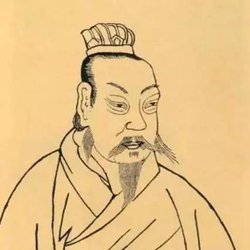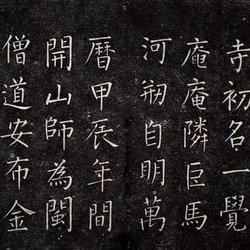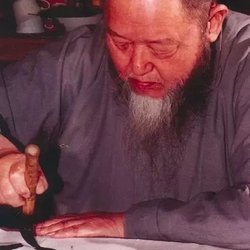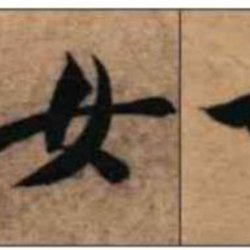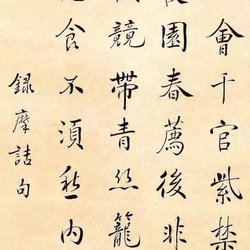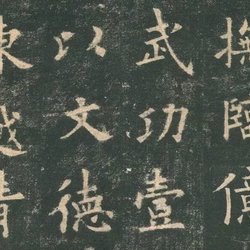"The Album of Poems Presented by Wang Duo to Tang Ruowang" is an album written by Wang Duo for Tang Ruowang, with a total of 18 pages, in which he copied eight seven-rhythm poems written by himself in running script. The first four poems were dedicated to Tang Ruowang, praising Tang Ruowang's talent and knowledge, and expressing his fascination for exotic customs. The last four poems chant about his own life and hope that Tang Ruowang can help.
The original copy of this album is now in the collection of the Asian Art Museum in San Francisco, USA. After the seven-character poem in running script, there is a "Five-character Rhymed Poetry in Official Script in Jiashen February" attached. The beginning of the album is stamped with the seal "Collected by the Ye Family of Yungu" and the seal at the end is "Collected by the Yungu Family of the Ye Family of Nanhai". This shows that this album was once collected by Ye Menglong (1775-1832). The book contains appreciation notes from Ye's friends Weng Fanggang and Qian Xi. At the end of the Qing Dynasty and the beginning of the Republic of China, this volume belonged to Pei Jingfu (1854-1926). In 1914, Shanghai Civilization Book Company published "Wang Juesi's Poems and Ink Blossoms" on loan. It was originally acquired by Ye Gongchuo in 1936, so Ye Gongchuo's inscriptions, inscriptions, and hidden seals such as "Ye Family of Panyu", "Gong Chuo Longevity" and "Gong Chuo" were added to the original volume. In addition, after the five-character poems in official script, there are also inscriptions by Song Bolu (1854-1932).
Original
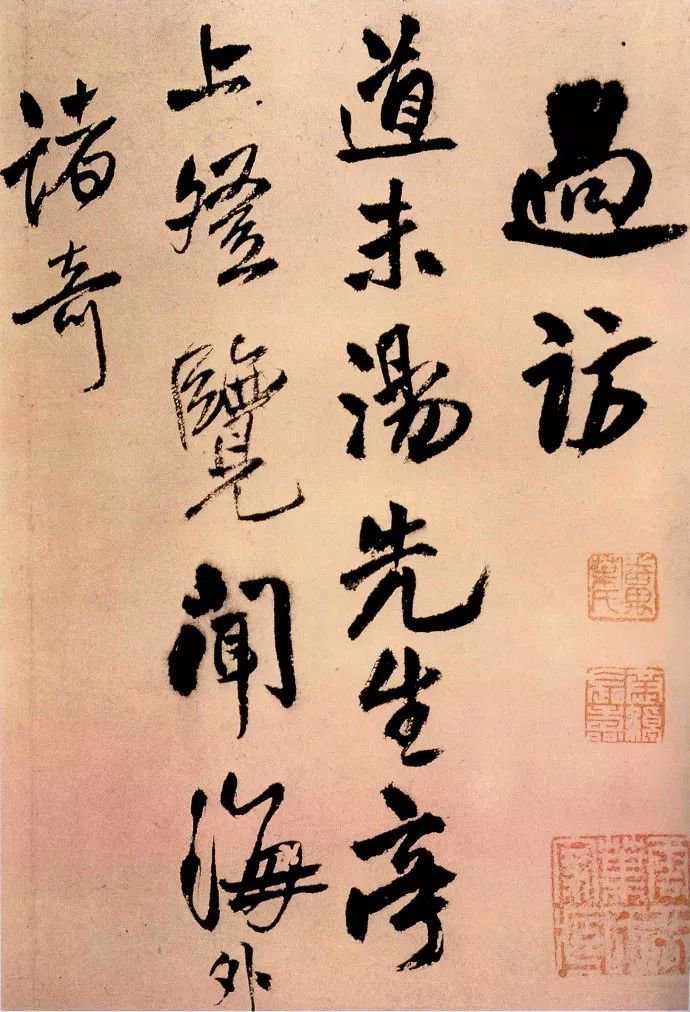
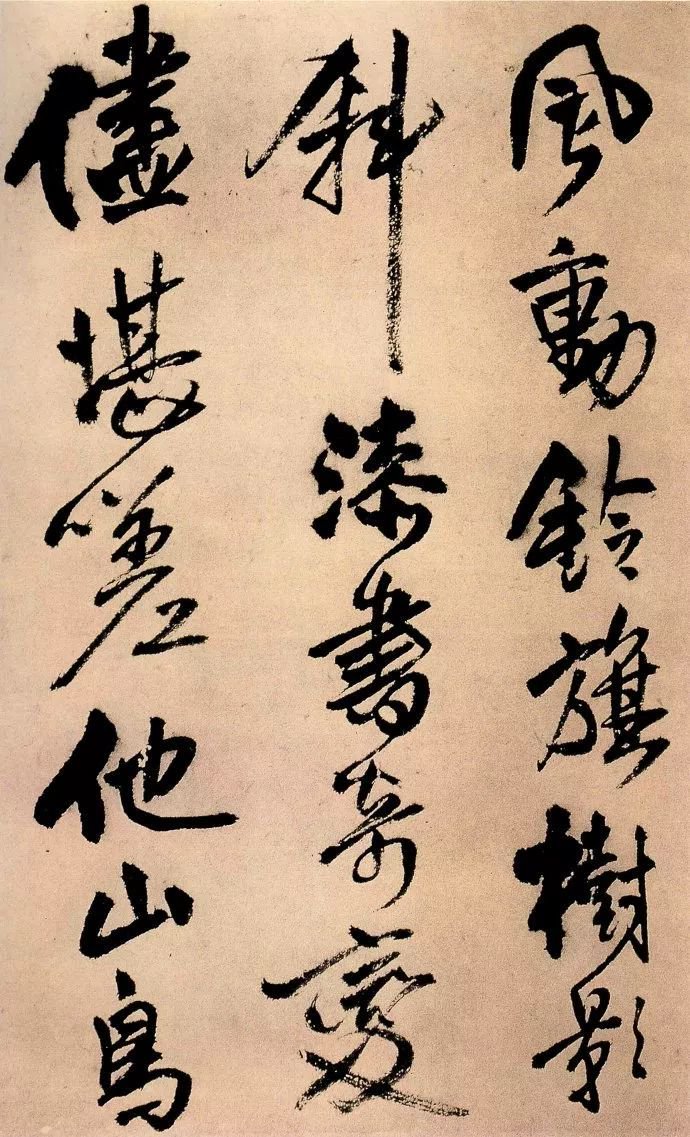
Wang Duo's calligraphy follows the "two kings", especially Wang Xianzhi. In addition, he has extensively studied famous calligraphers in the Wei, Jin, Tang and Song Dynasties. He has the most in-depth study of "Ge Tie", which is unique in his "Lin Tie" after learning from ancient times. His calligraphy is unique and he is known as "Wang Duo, the Magic Pen" in the world. His calligraphy is as famous as Dong Qichang's, and he was known as the "King of the South, Dong and North" in the late Ming Dynasty. His calligraphy brushes are well-regulated and relaxed, but full of free and powerful power. Wang Duo is good at cursive writing, and his brushwork is vigorous, vigorous, free and easy, dripping with joy. Many of his ink writings have been handed down from generation to generation, and many of his calligraphy, rulers and inscriptions are engraved in stone. The most famous ones are "Nianshan Garden Calligraphy" and "Langhua Guan Calligraphy". His calligraphy is very popular in Japan, South Korea, Singapore and other countries. The Japanese admired Wang Duo's calligraphy so much that they developed a sect called "Ming and Qing Diao". His "Mountain Garden Calligraphy" was introduced to Japan and caused a sensation. Wang Duo was listed as the first-class calligrapher, saying that "the queen (Wang Duo) is better than the former king (Wang Xizhi)".
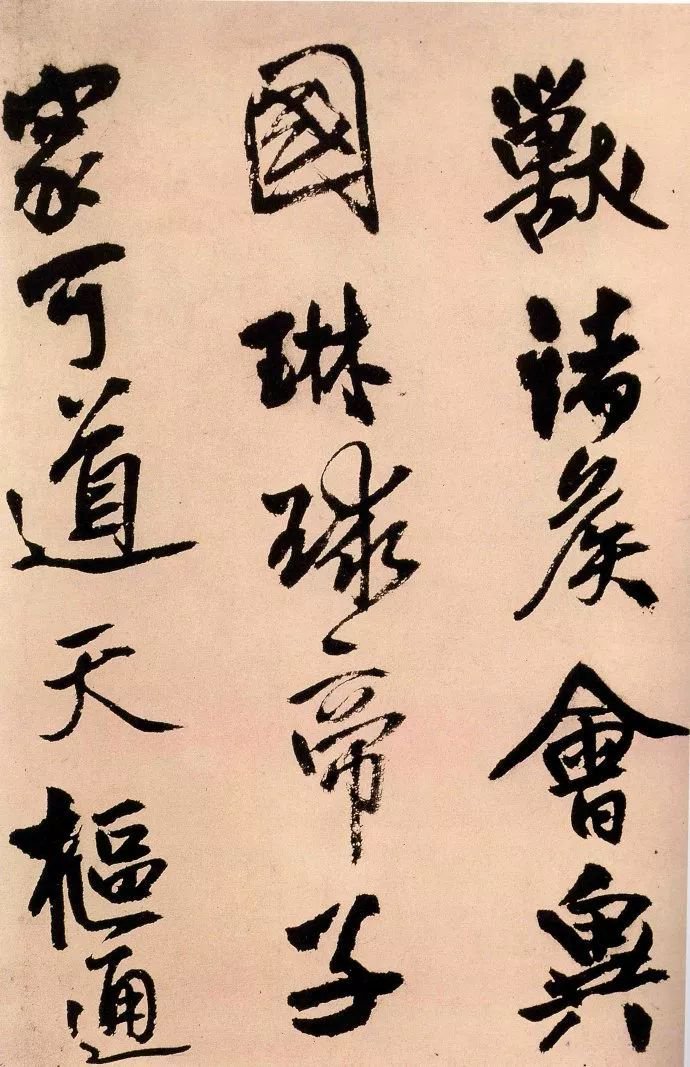
Wang Duo's craftsmanship in straight, running and cursive calligraphy is attributed to Zhong Yao, Wang Xianzhi, Yan Zhenqing and Mi Fu. His writing is strong and strong, and he is good at layout. It has the style of everyone in the Northern Song Dynasty. At that time, Dong Qichang's calligraphy style was popular in the calligraphy circles. Wang Duo, Huang Daozhou, Ni Yuanlu, Fu Shan and others advocated the use of ancient methods, which was unique in the current trend.
In terms of calligraphy, Wang Duo is a versatile calligrapher with various styles. Whether it is his majestic and powerful regular script, his elegant and simple small regular script, or his flying cursive script, he can be said to be first-class in the calligraphy world of the late Ming Dynasty. Zhengshu is rare in Wang Duo's works. It originated from the Tang Dynasty and can express his own mind.
In the eight or nine years after Wang Duo came to the Qing Dynasty, his calligraphy style became more mature and sophisticated, and his wild cursive techniques reached a state of perfection. Calligraphy became a distraction from the psychological contradictions and loneliness of his "second minister", so his works have lost the strength and enthusiasm of the Chongzhen Dynasty, and have become rational and lonely.
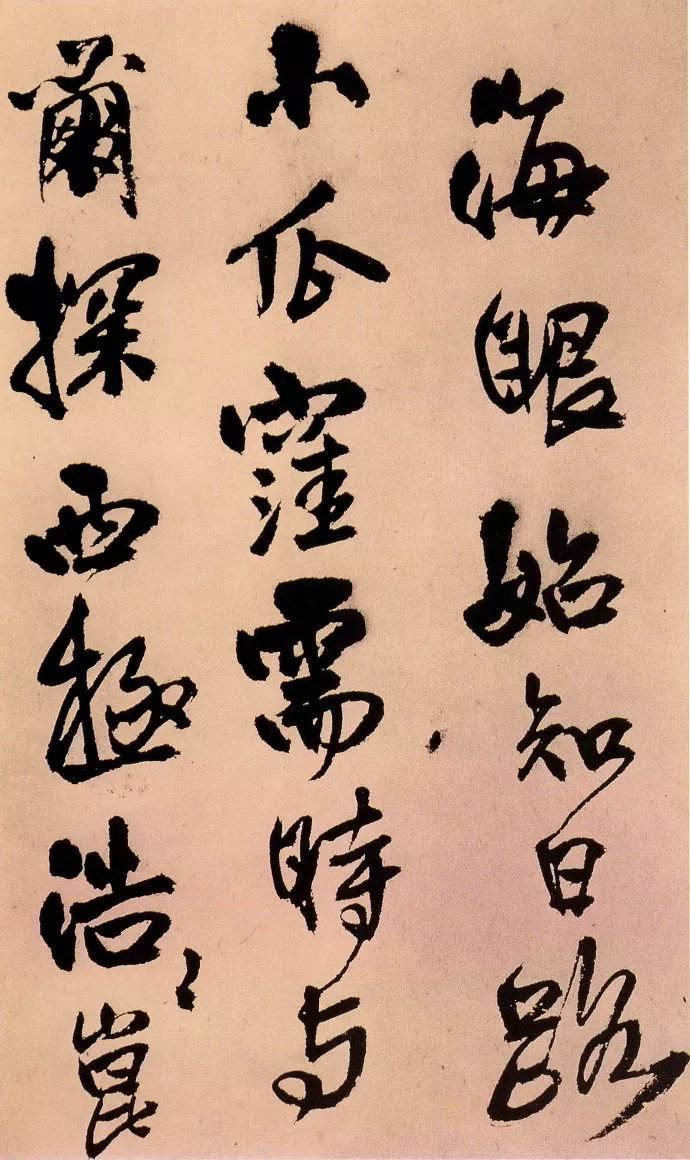
Wang Duo's paintings of landscapes by Jing Hao and Guan Tong inherited the style of Jing Hao and Guan Tong from the Five Dynasties. Wang Duo's works are majestic and majestic, with few scratches and smudges. They are painted with light colors, deep and rich, and interesting. Farewell. . At the same time, he also absorbed the painting techniques of Dong Yuan and Wang Wei, mainly using ink and wash blending, with few scratches and light colors, making the mountains and rivers appear thick, majestic and full of vitality. The scenery in his landscape paintings is relatively realistic, with the mountains and rocks having steep shapes and alternating textures. His landscape paintings use the brush and ink techniques of the Yuan Dynasty to depict the style of the Song Dynasty. Wang Duo's figure paintings are very rare, and his painting method is relatively simple and freehand. Orchids, bamboos, plums and stones are interspersed, giving it an extravagant and interesting feel.
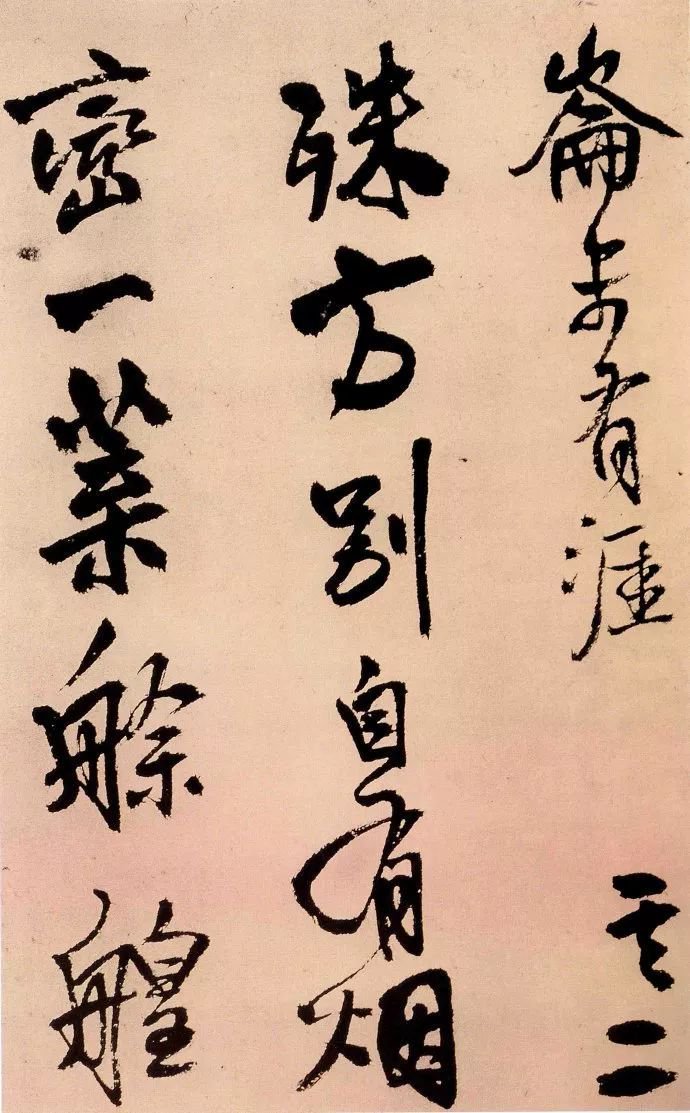
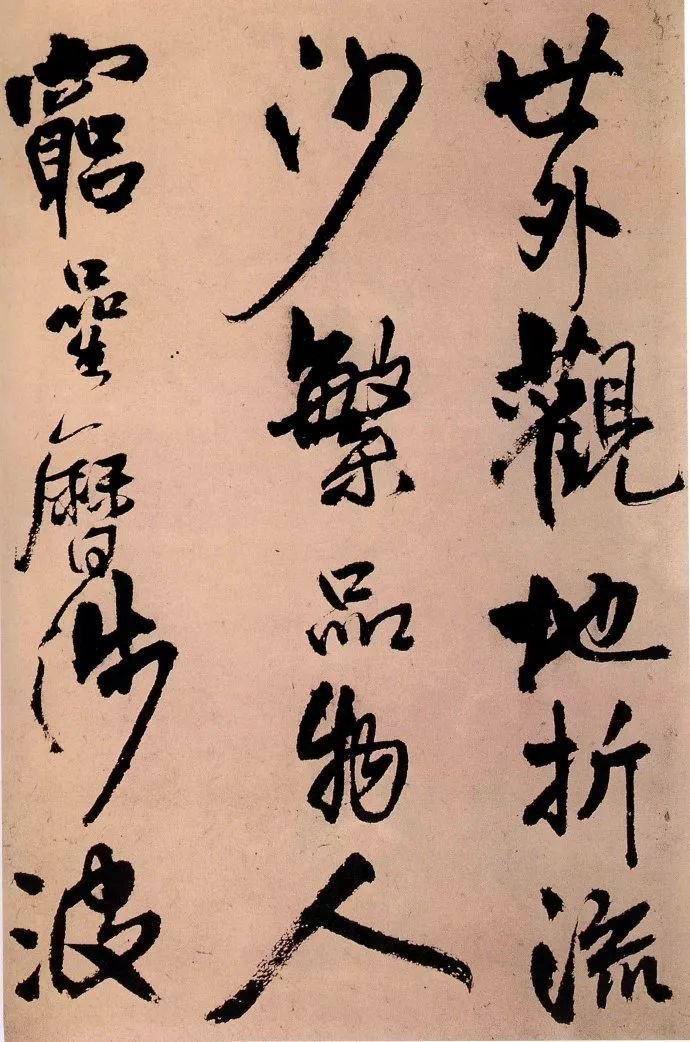
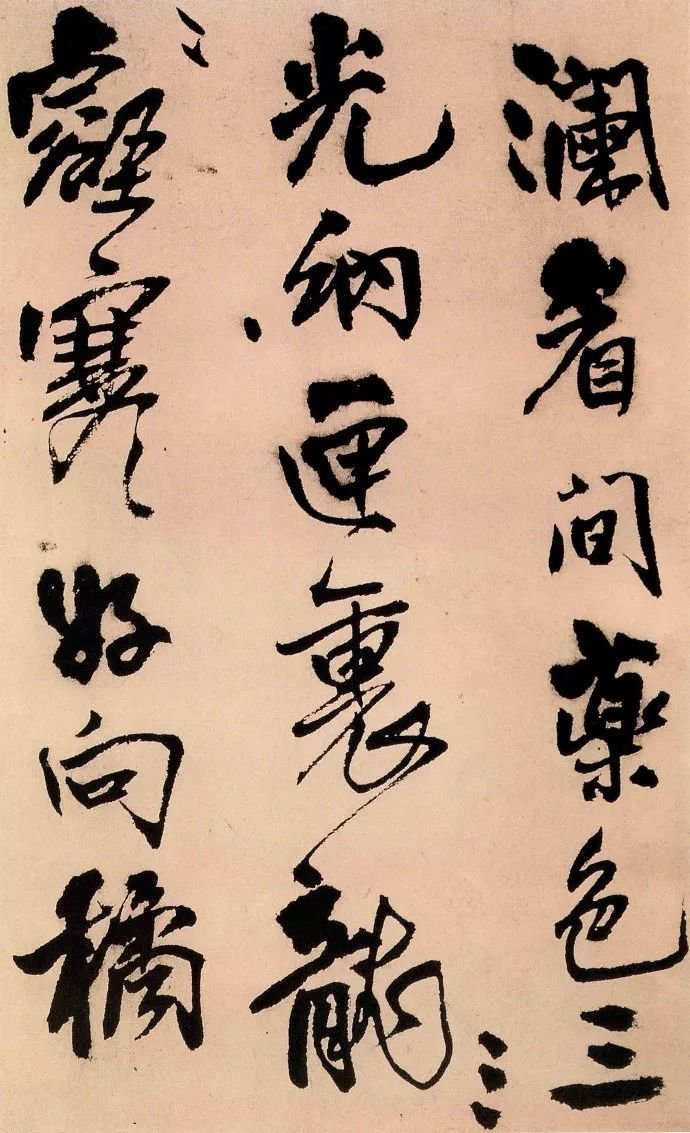
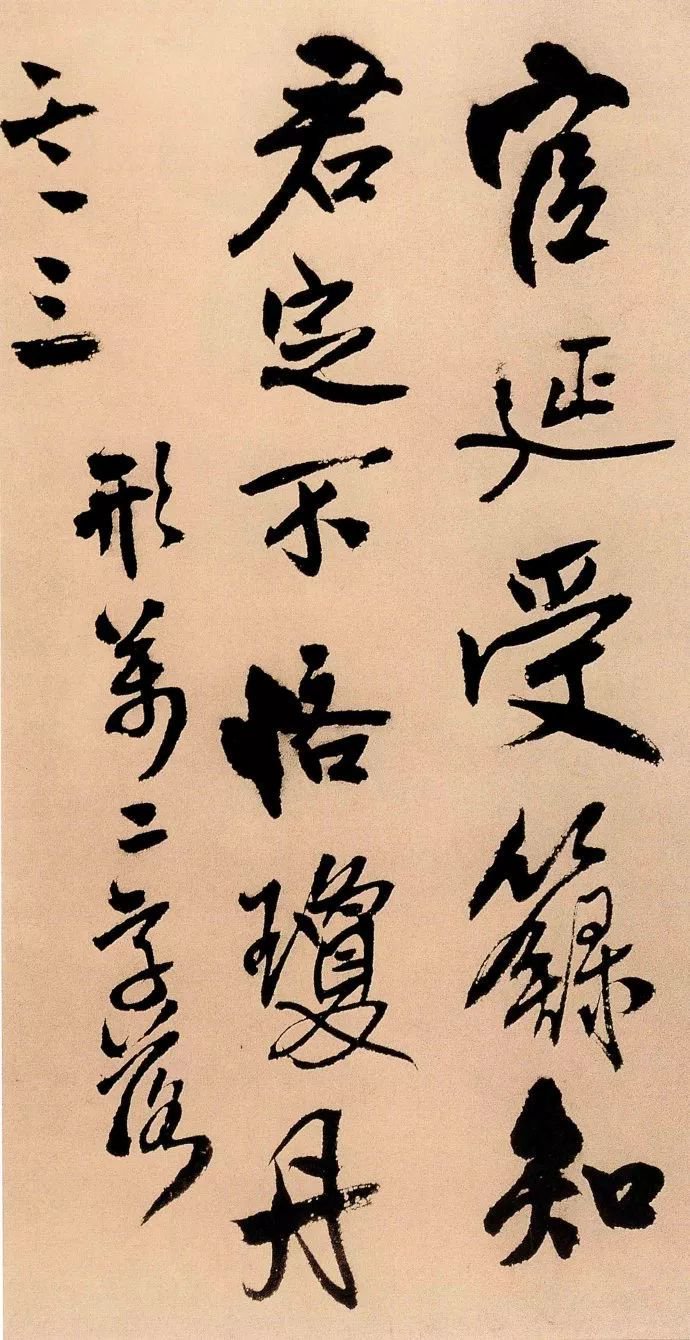
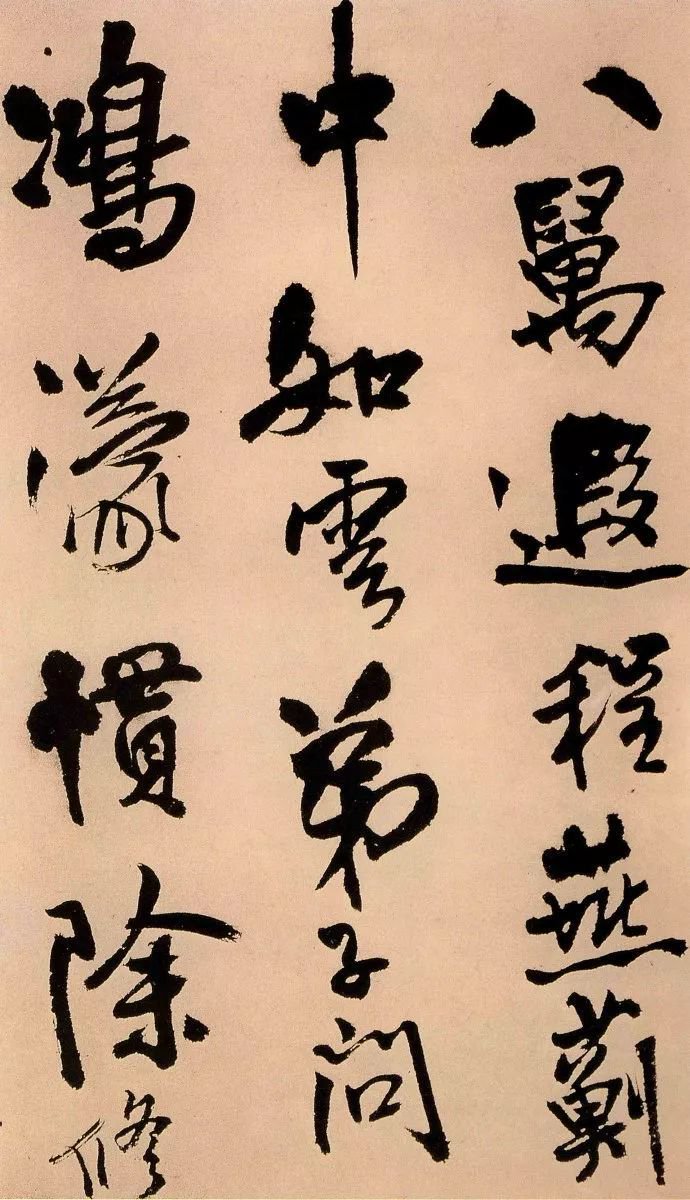
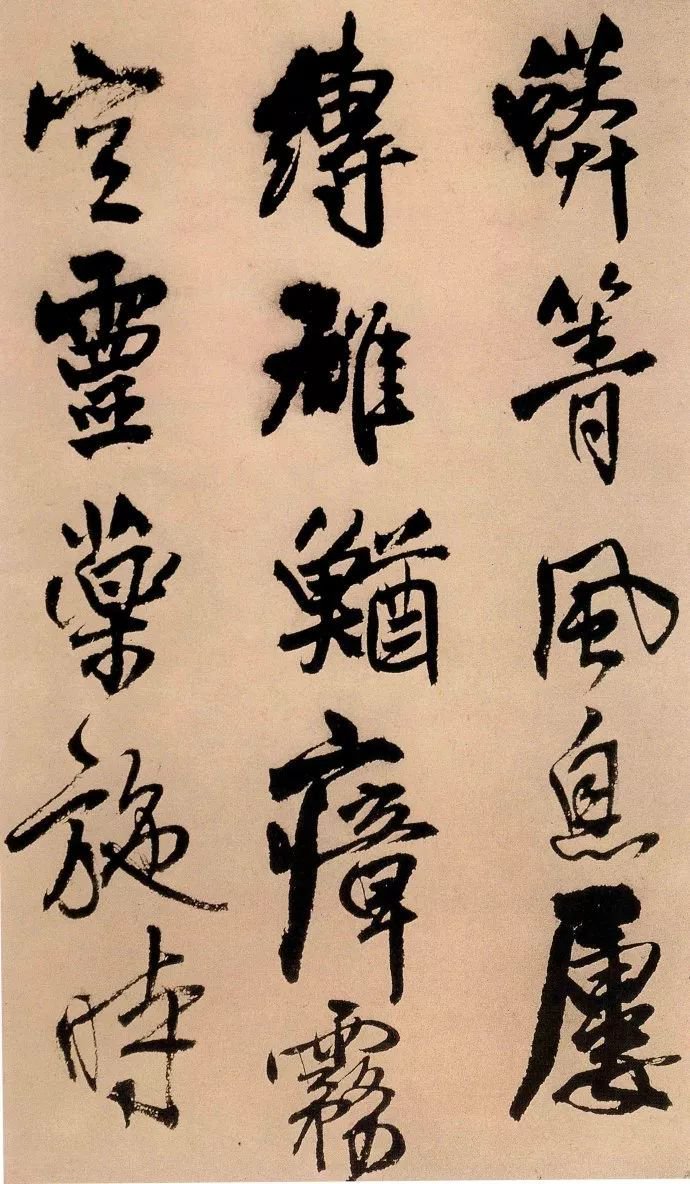
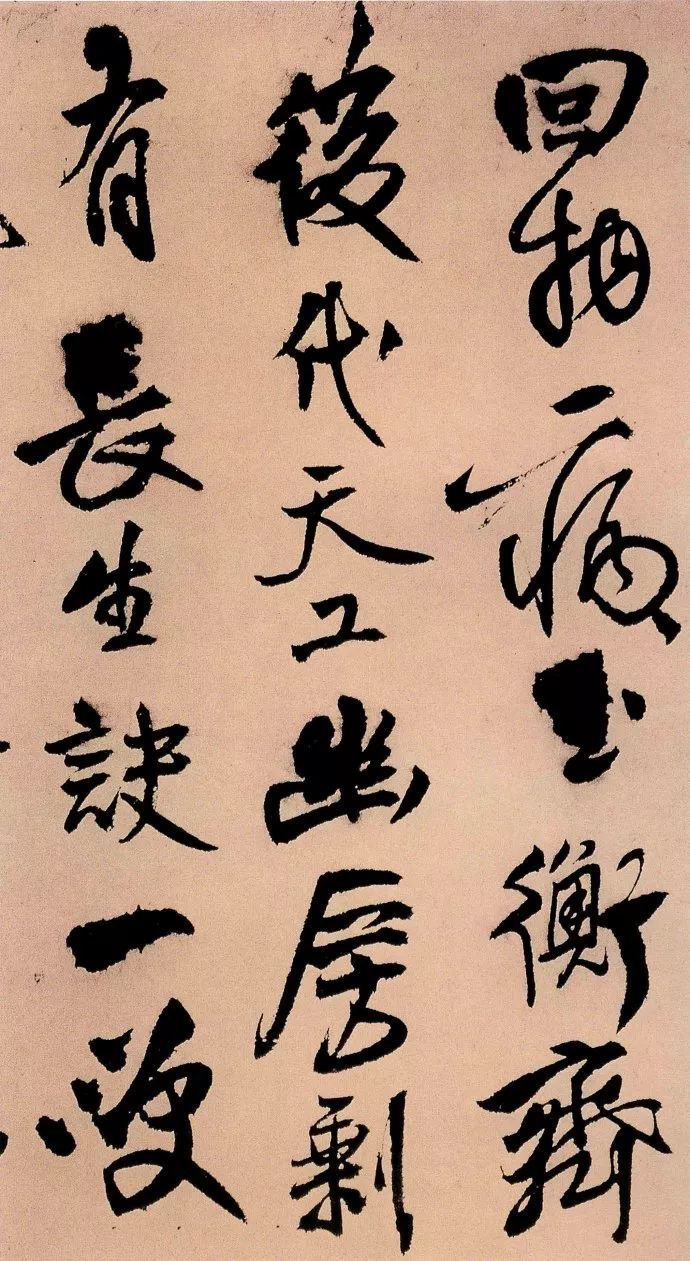
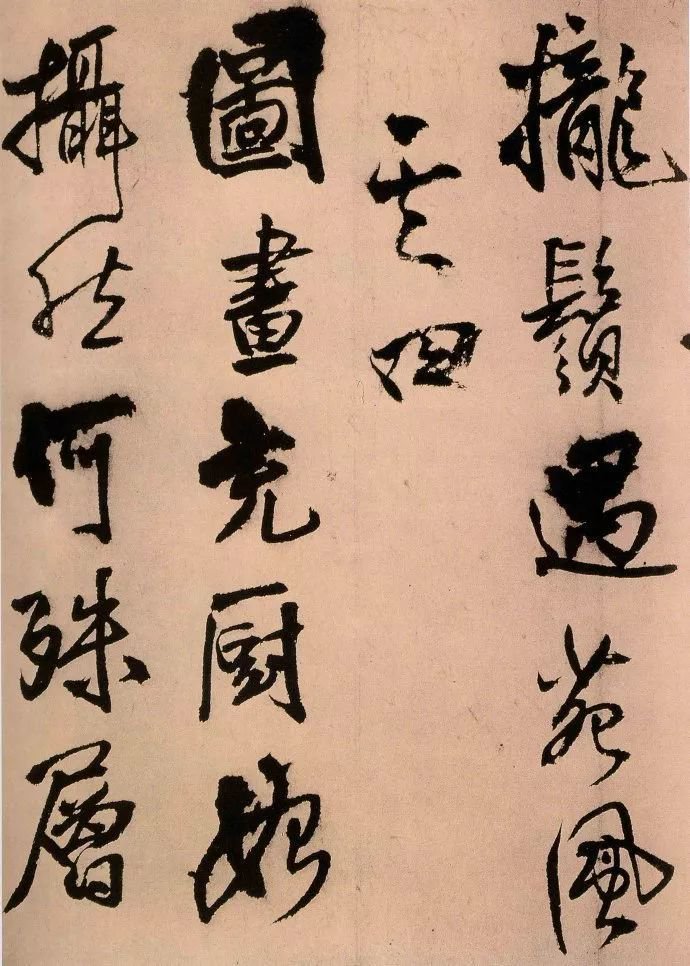
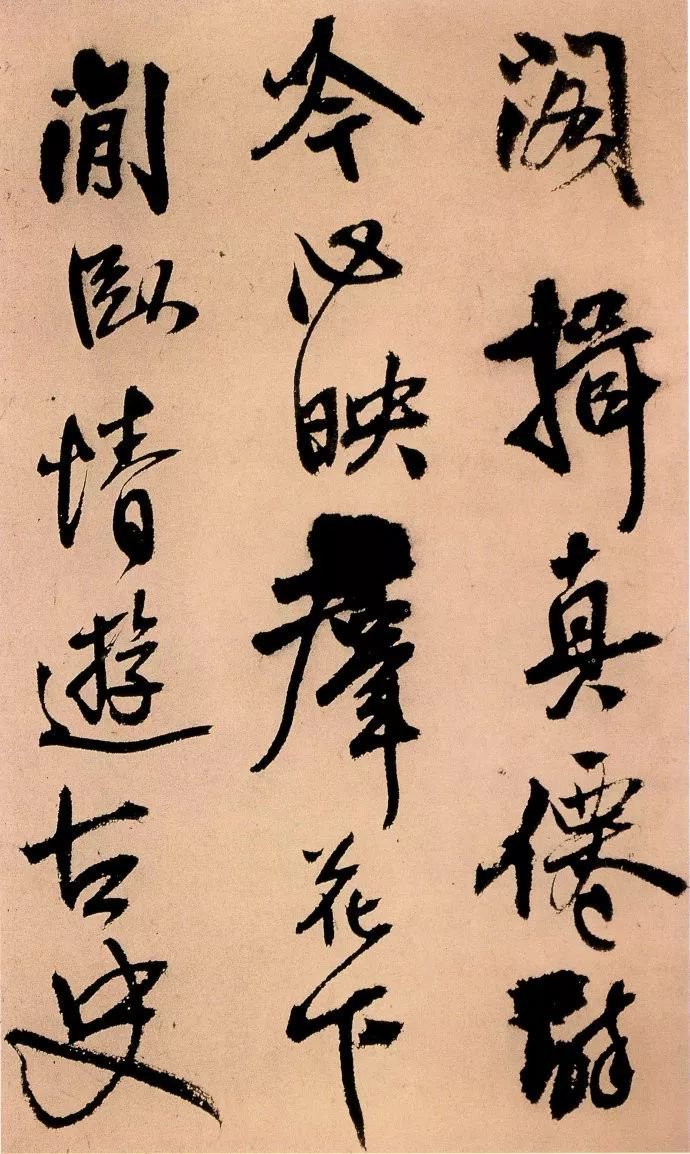
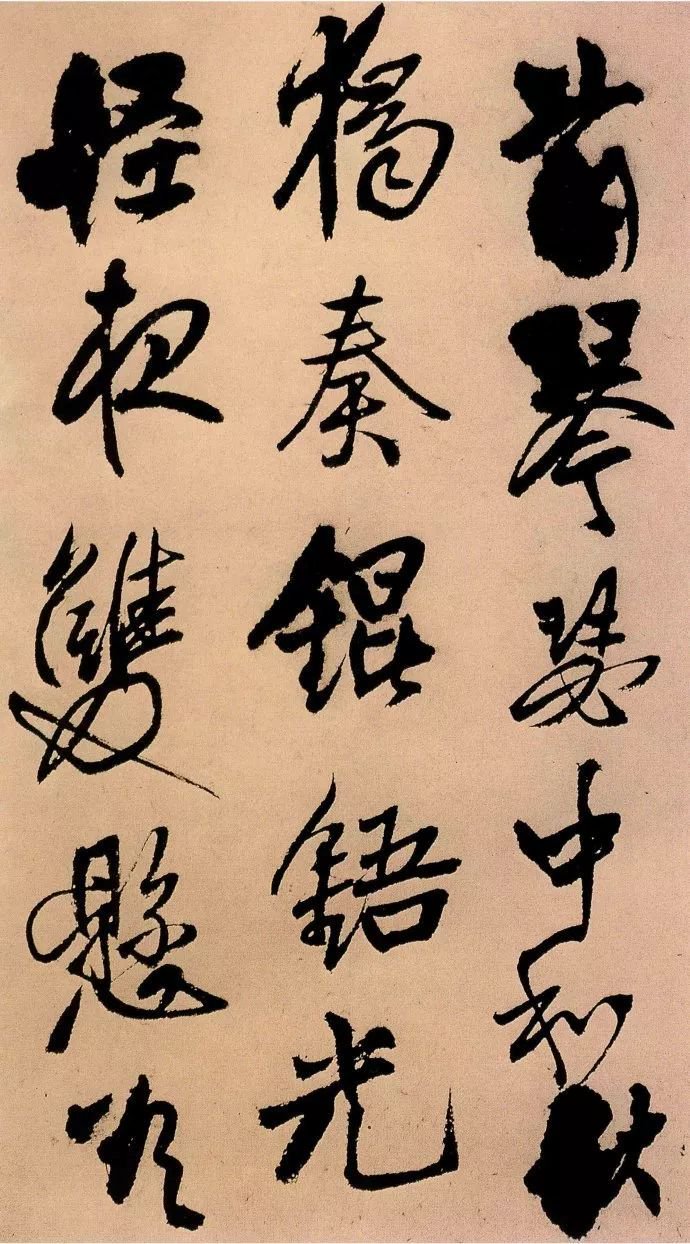
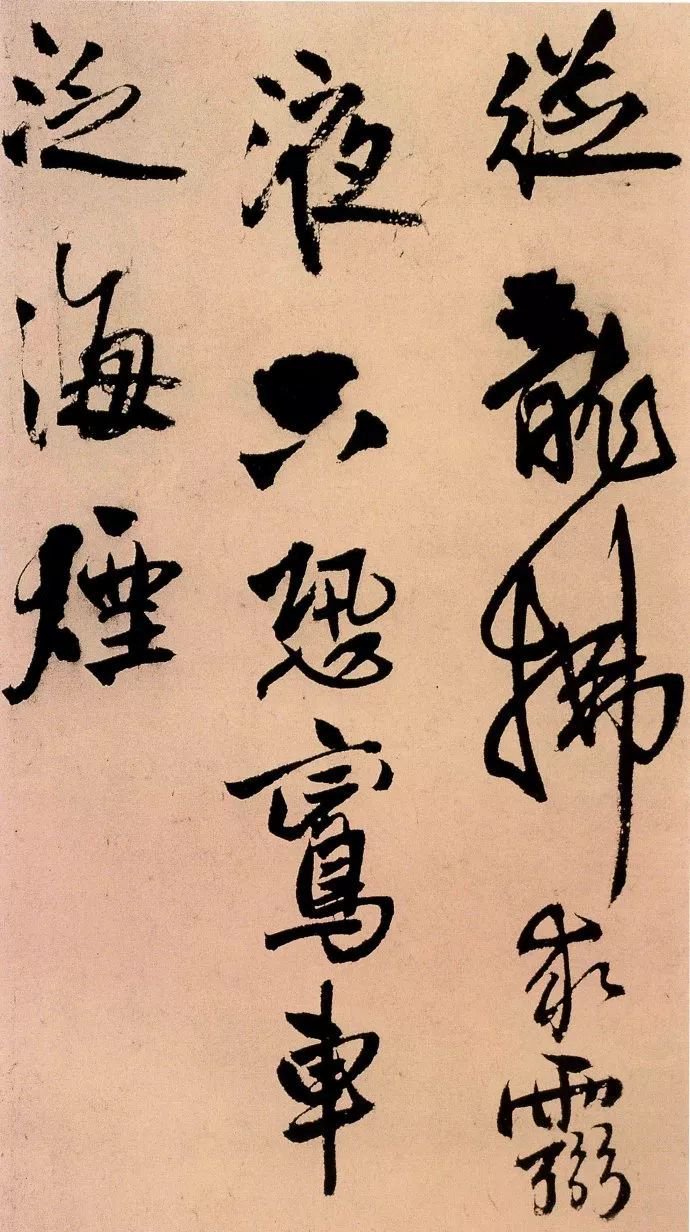
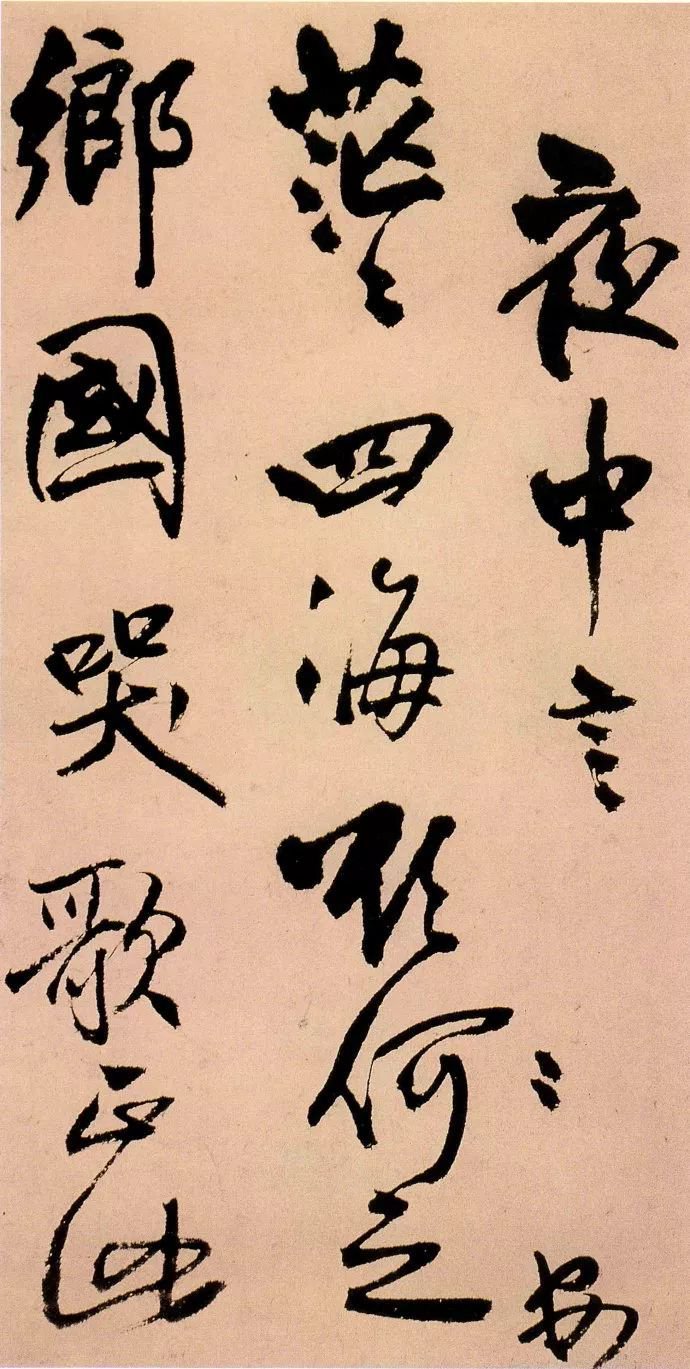
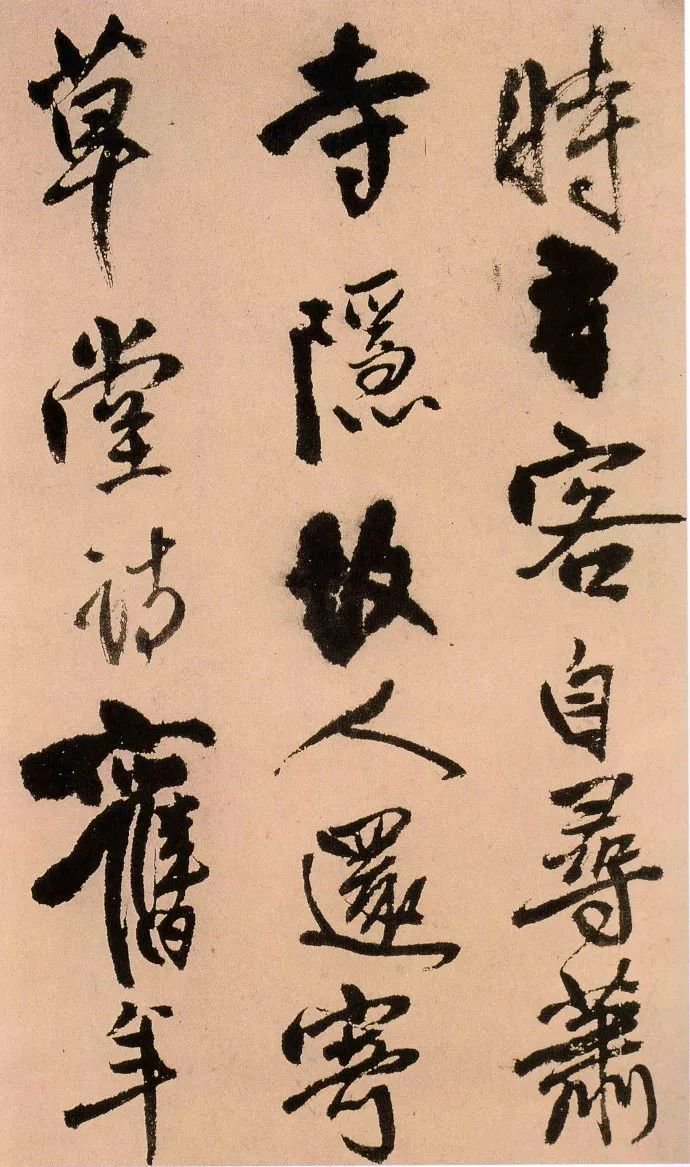
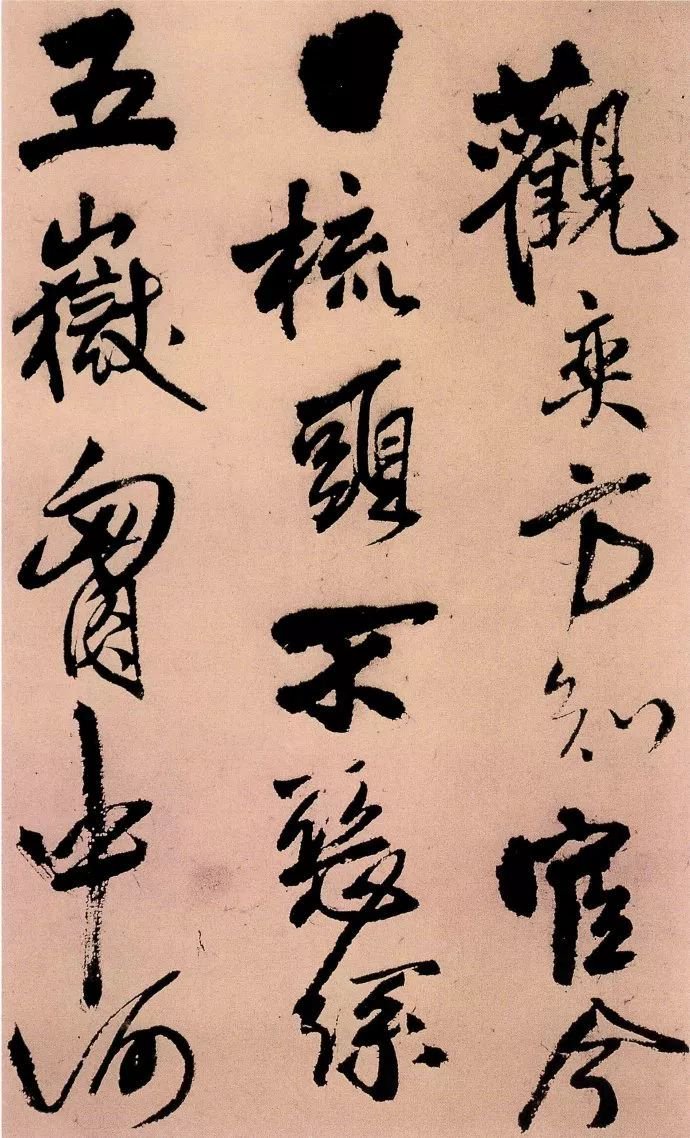
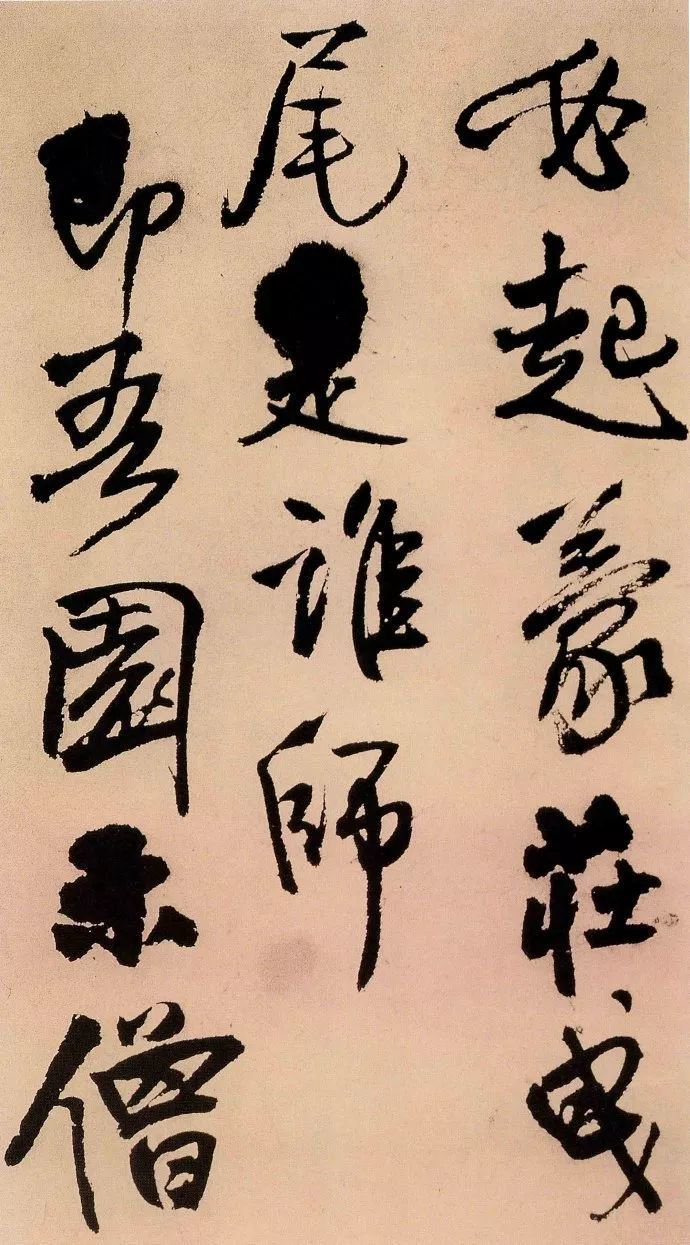
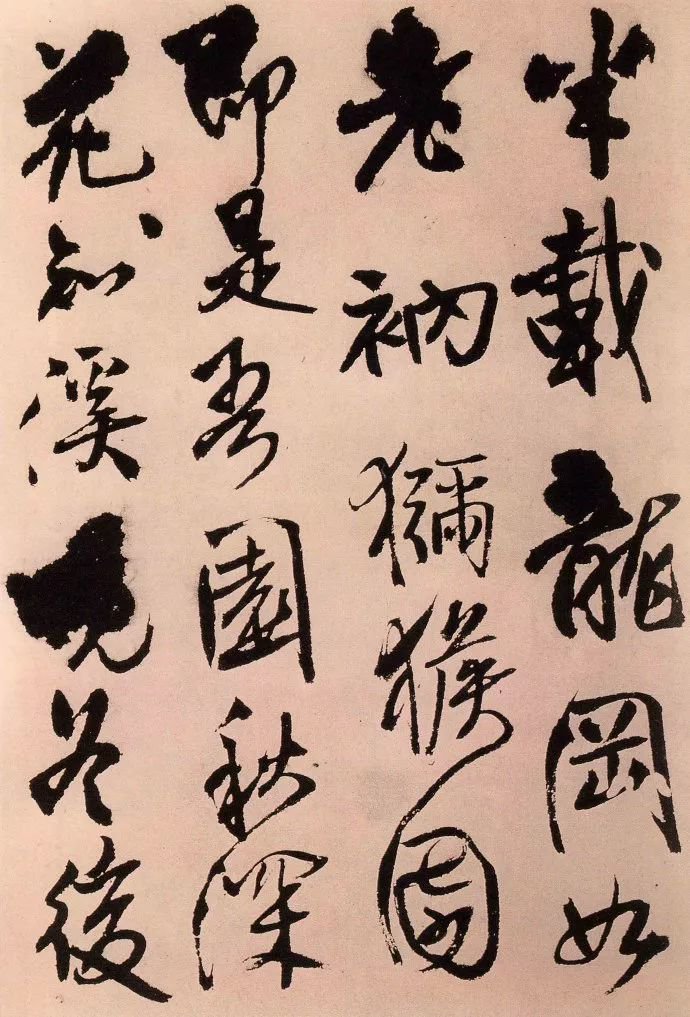
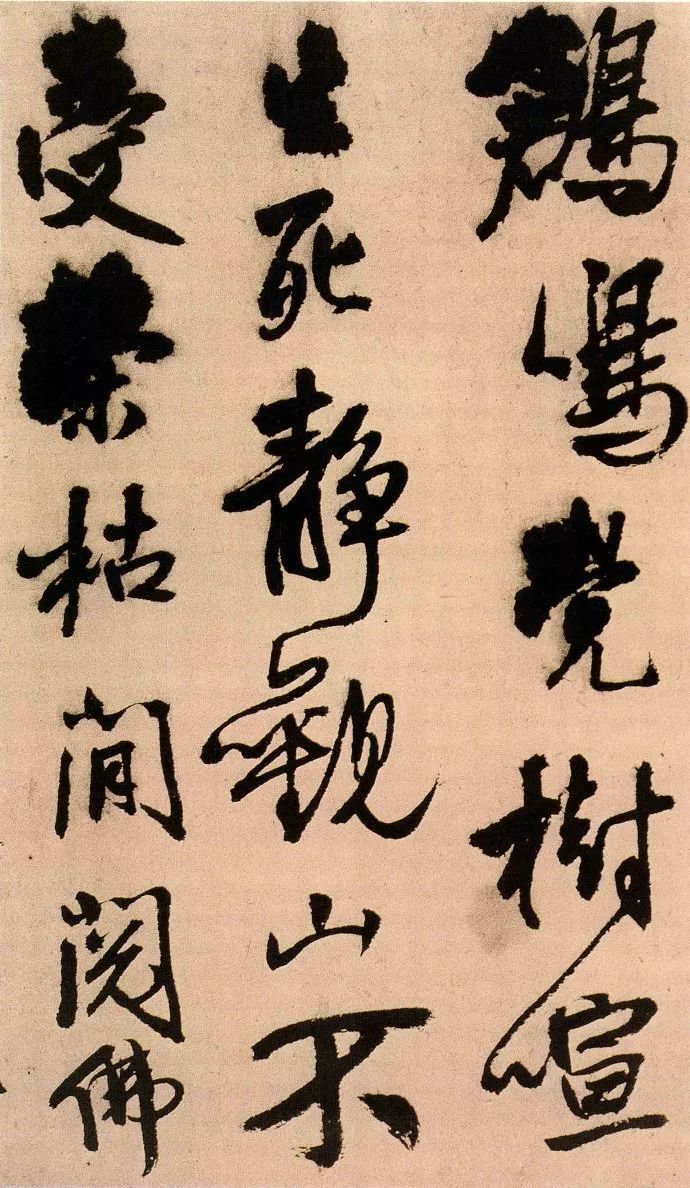
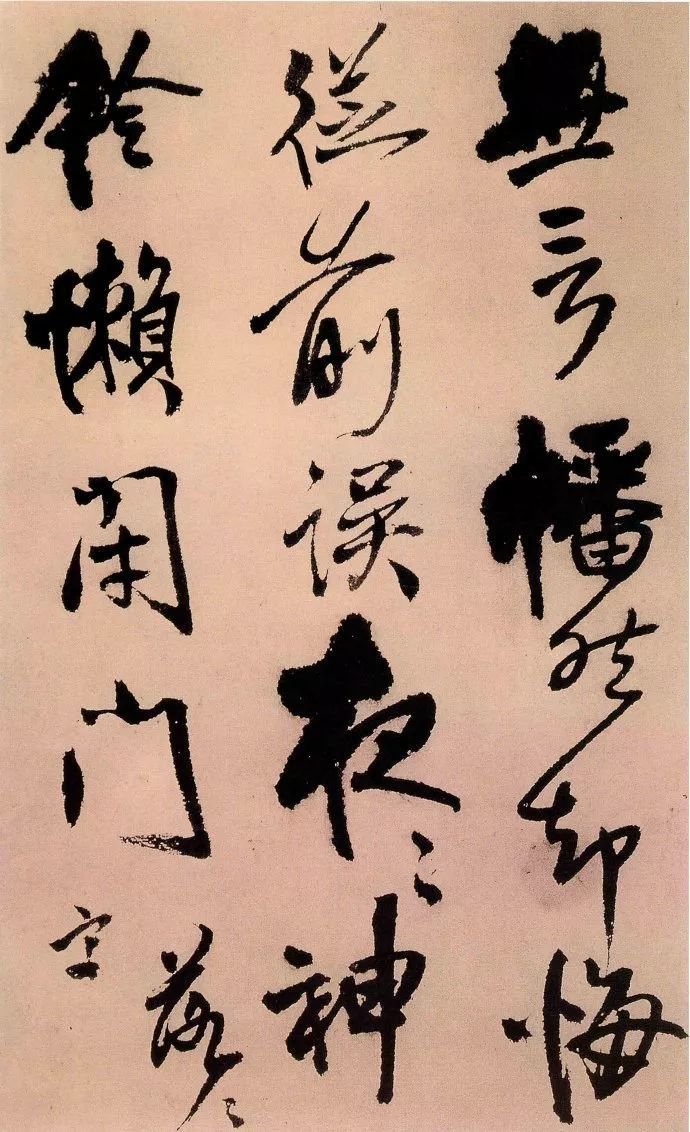
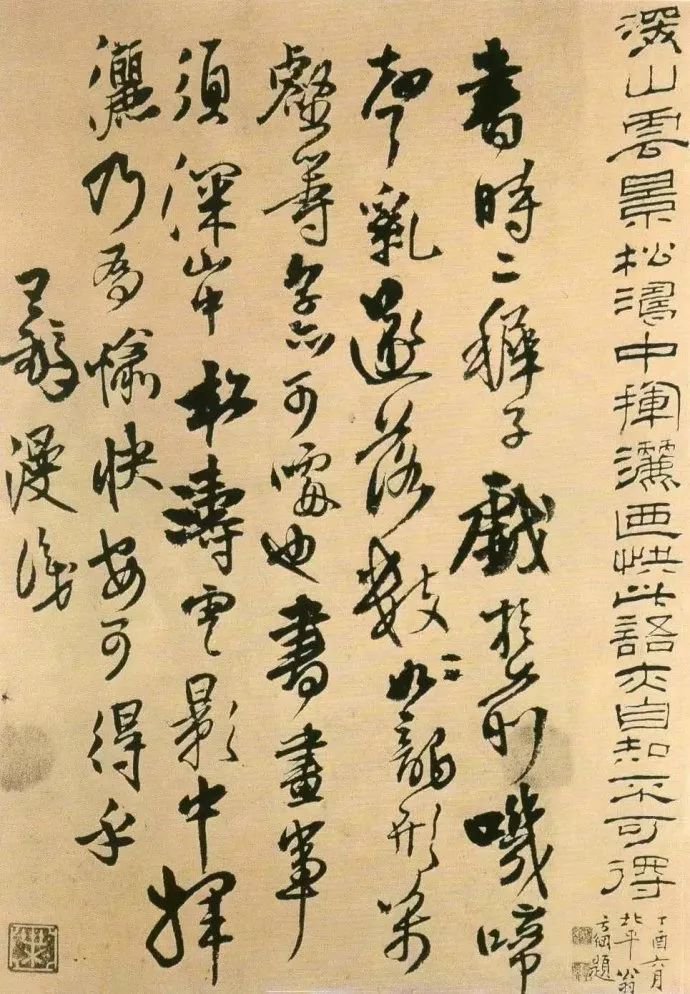
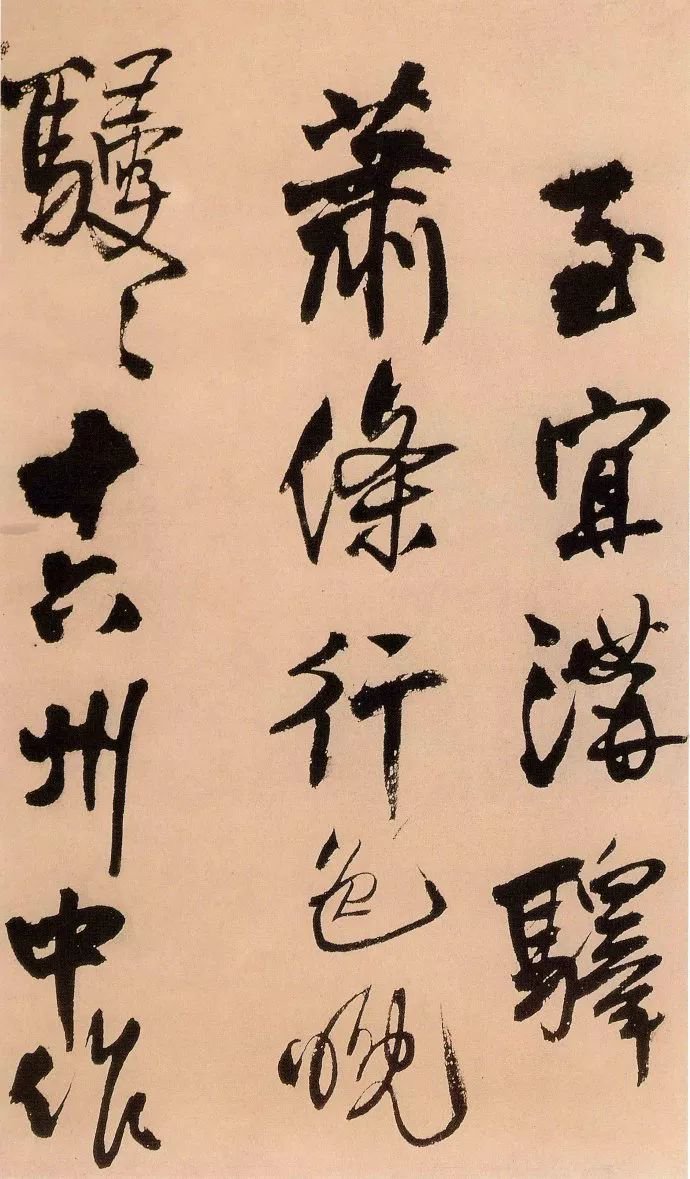
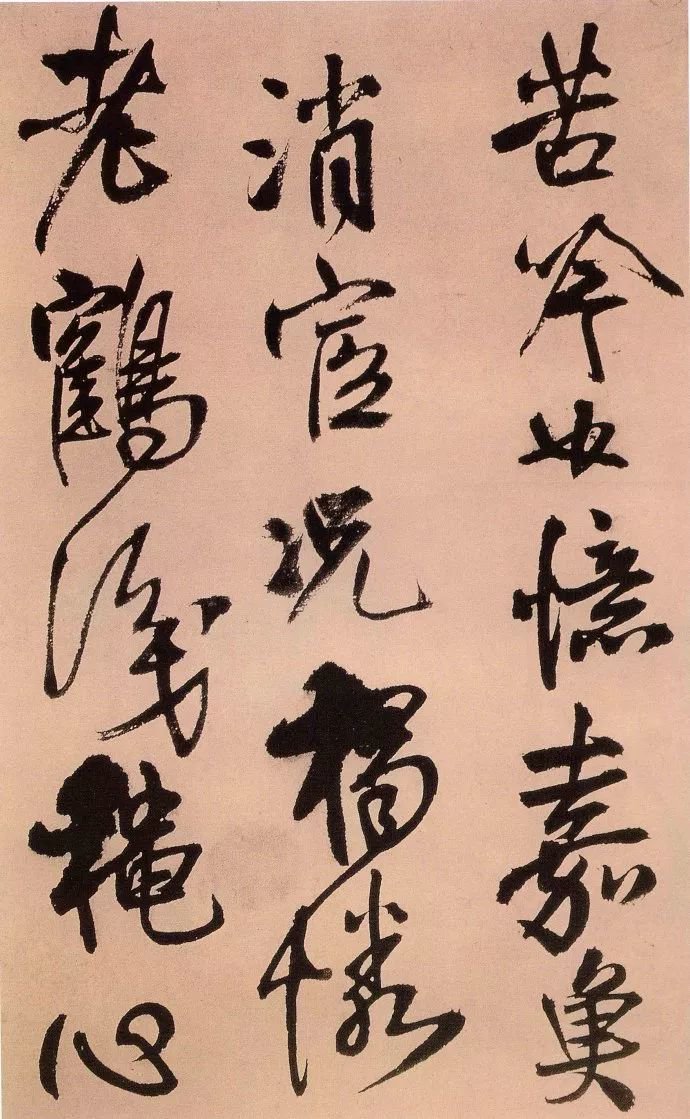
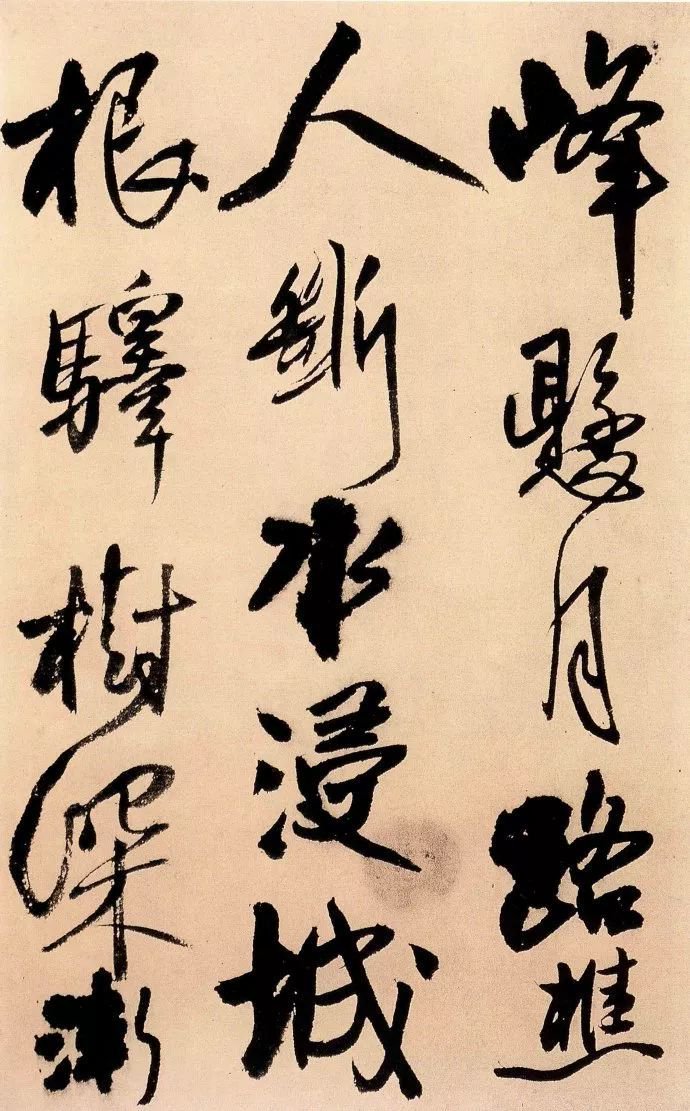
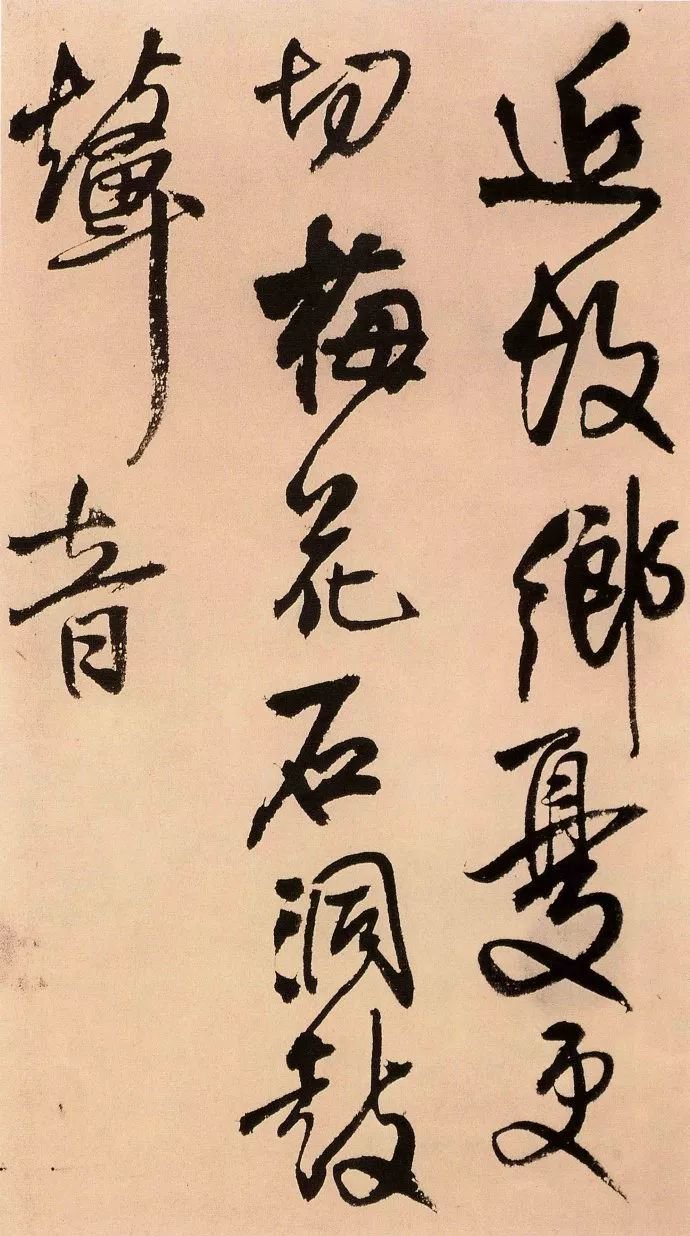
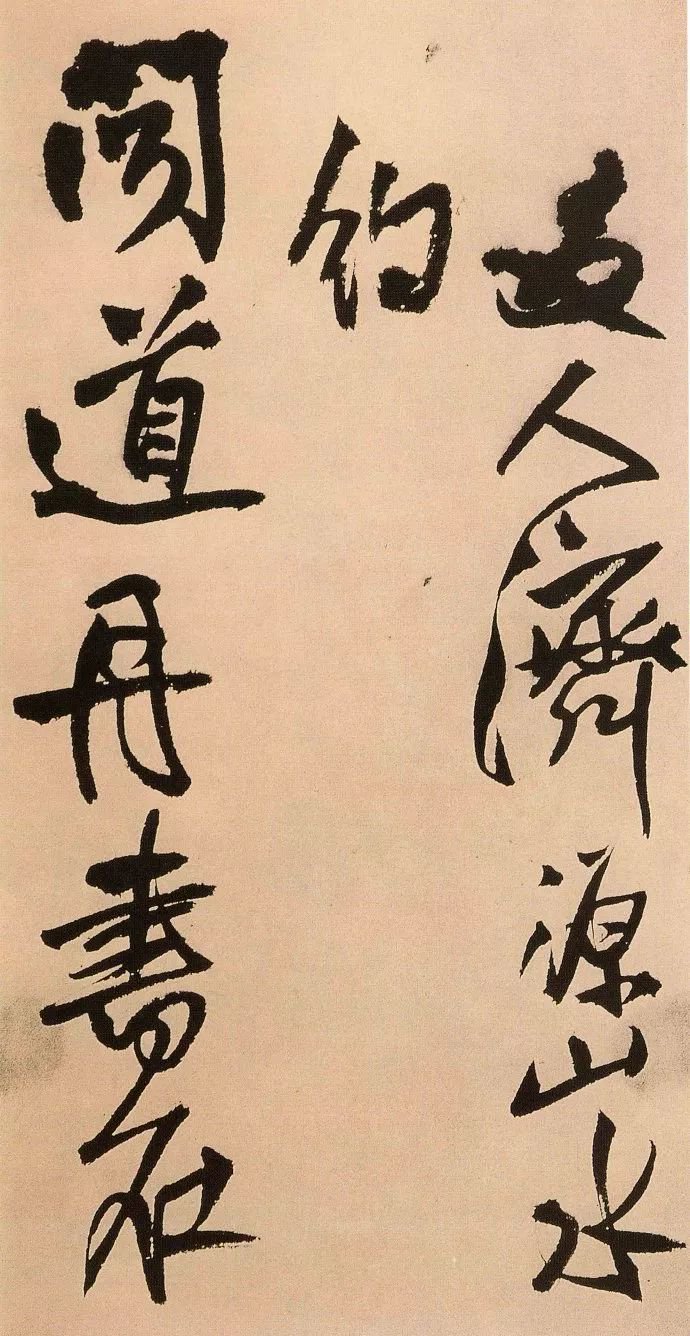
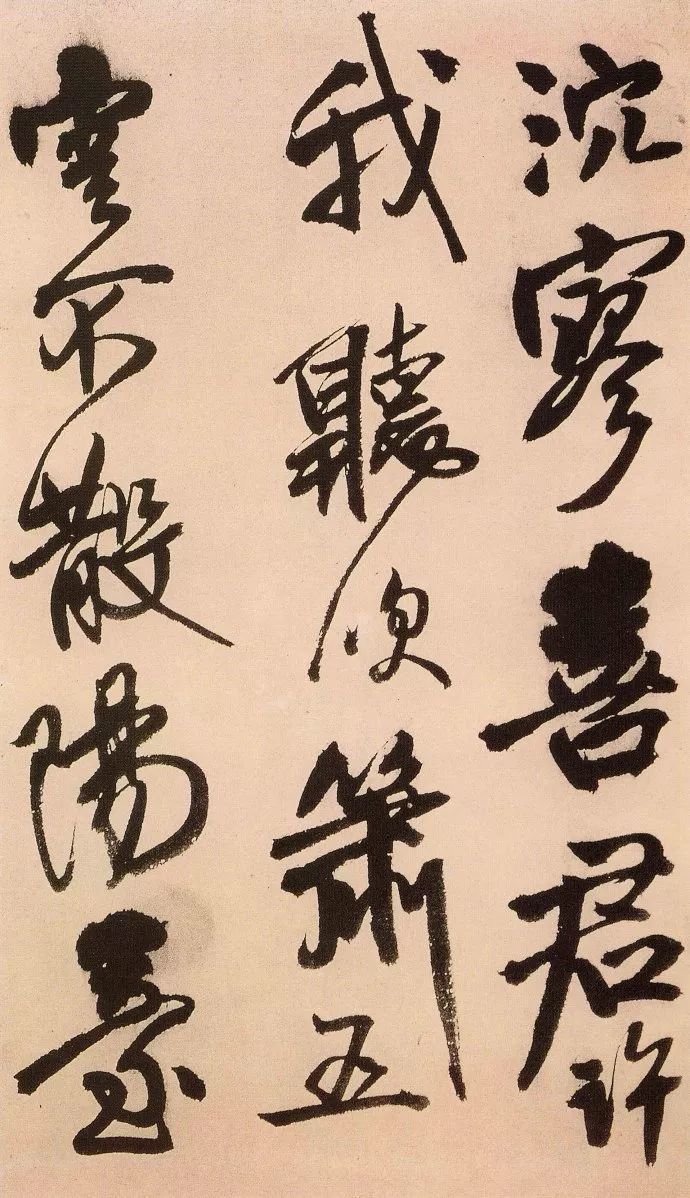
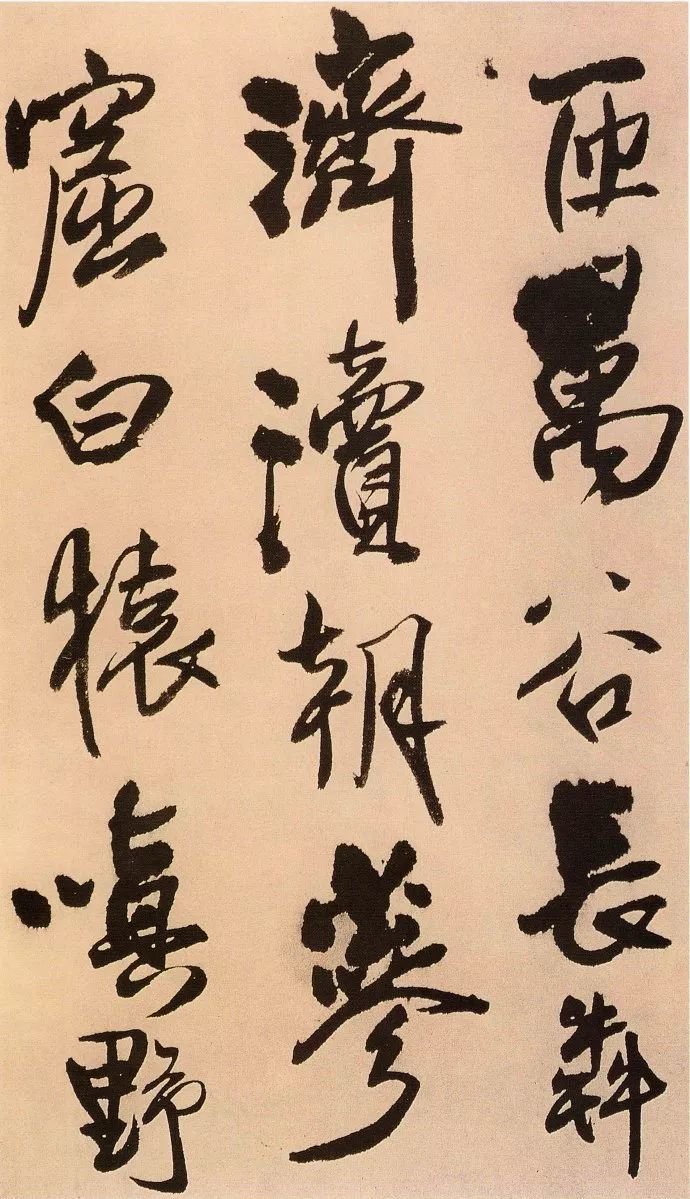
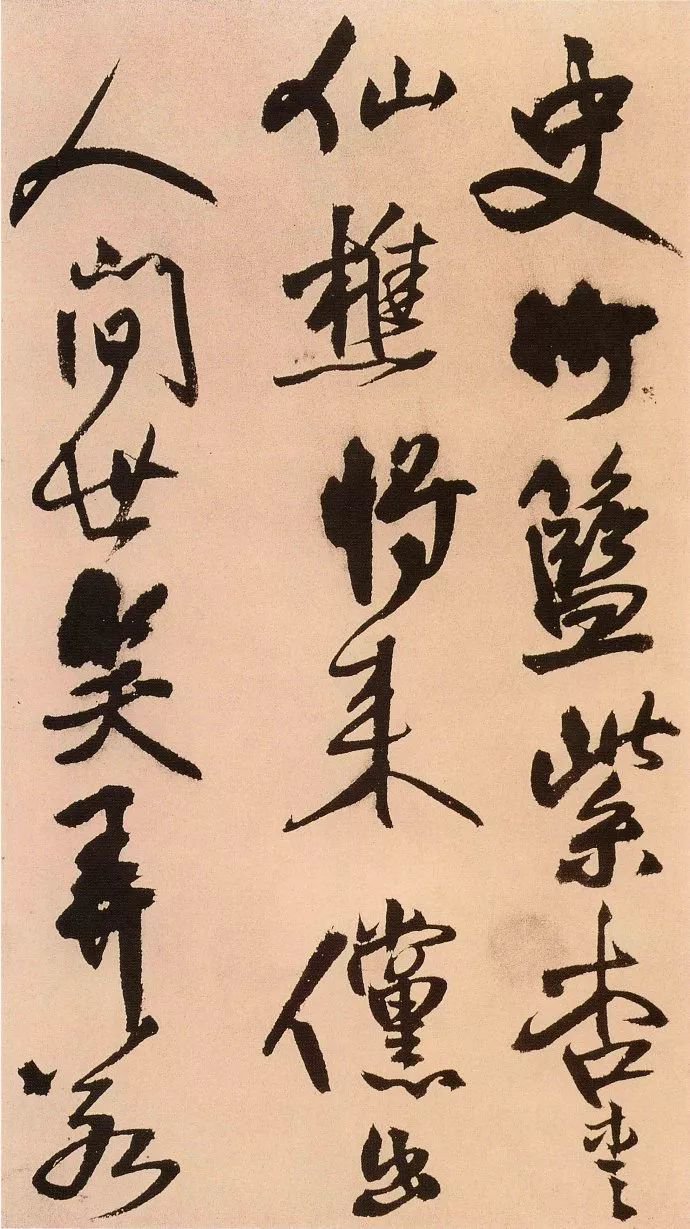
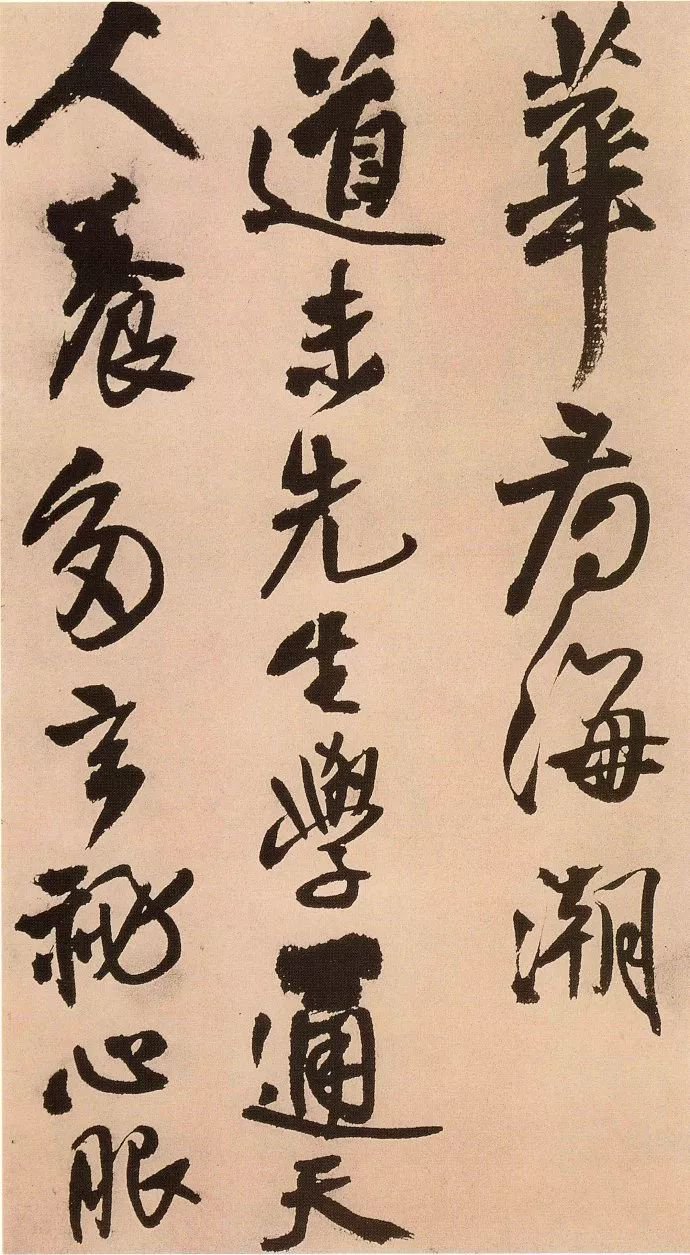
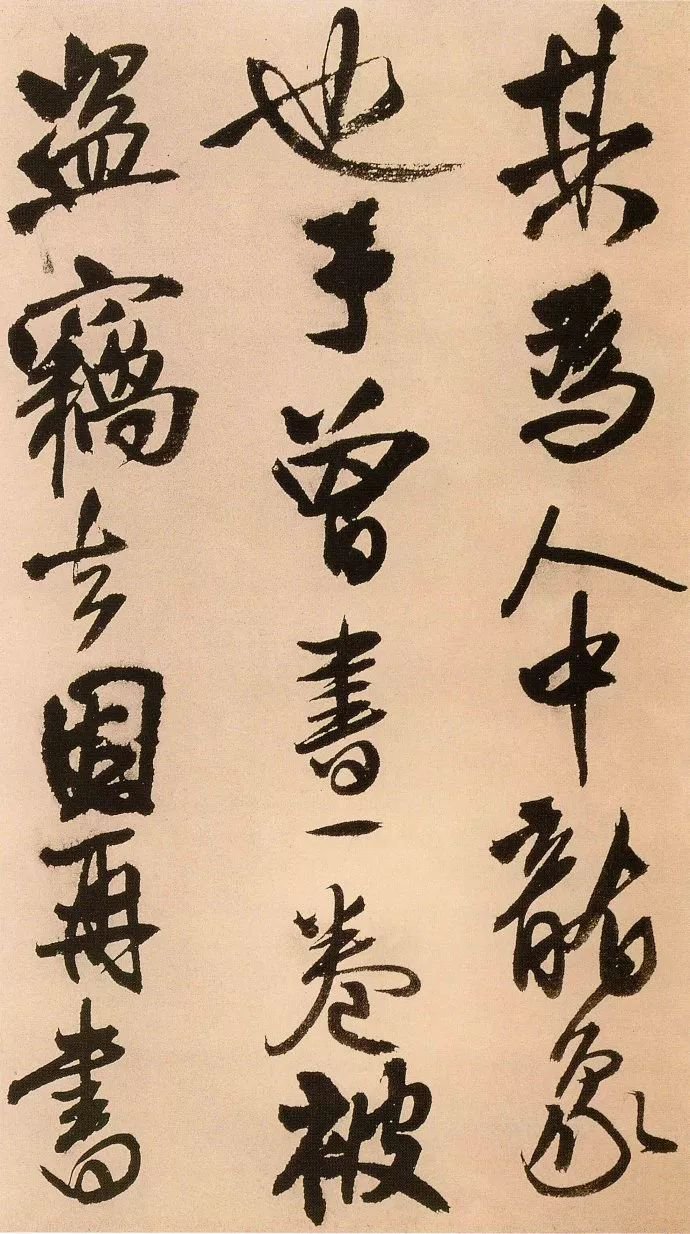
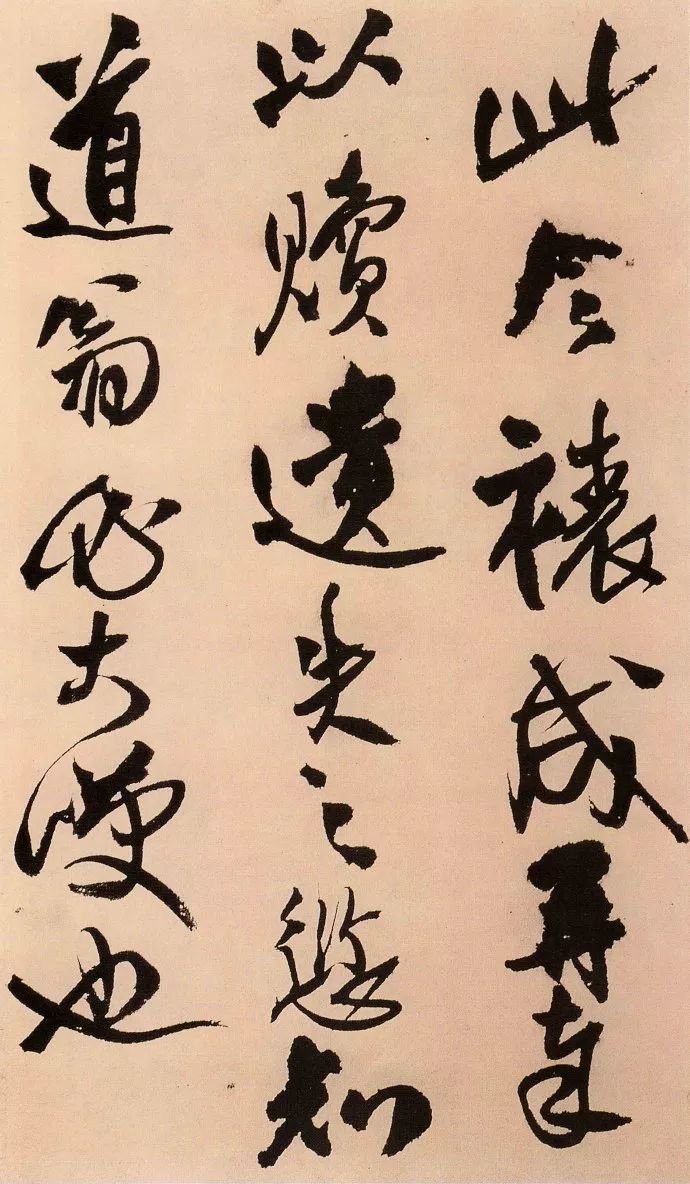
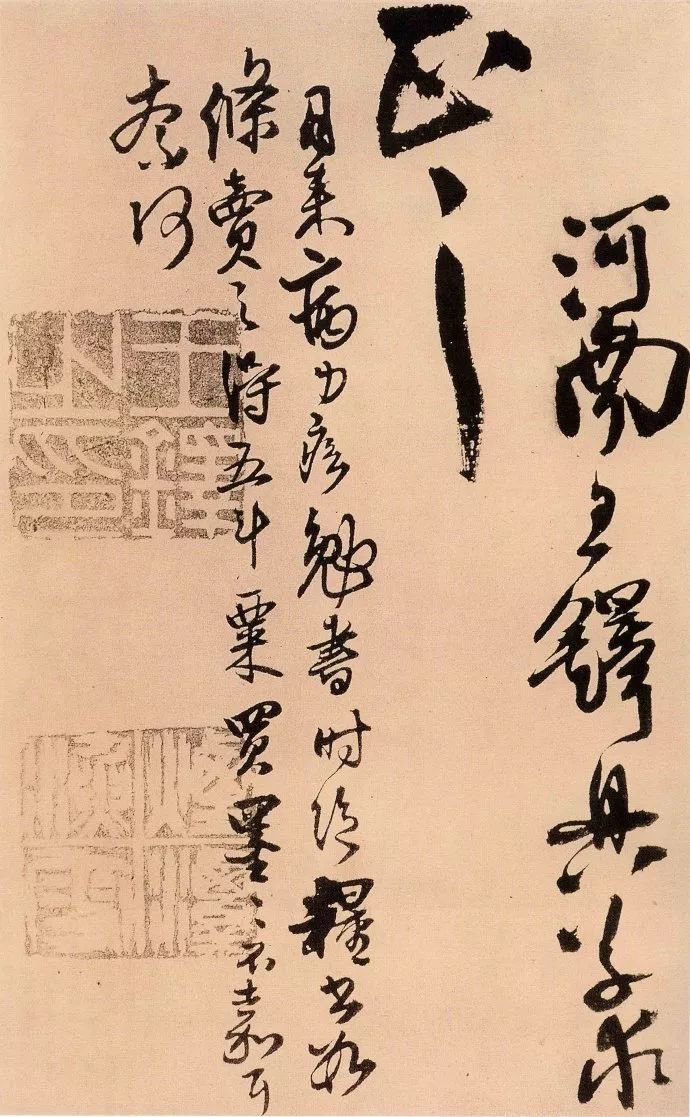
Wang Duo was a famous calligrapher in the late Ming Dynasty and early Qing Dynasty, known as "Wang Duo with the Magic Pen". His calligraphy is influenced by the great masters such as Zhong Yao, Er Wang, Yan Zhenqing and Mi Fu. It adheres to the rules and regulations, but has its own distinctive artistic characteristics. Especially his cursive script, which is good at layout and powerful in writing, has always been valued by the world. . Wu Changshuo praised his calligraphy and said: "Wen Anjian's calligraphy pen is ranked first in Youming's calligraphy." Mr. Qi Gong also said: "I think this pen is powerful enough to carry a cauldron. There has been no such king in five hundred years." "A Collection of Poems for Tang Ruowang" was written by Wang Duo in his prime. The calligraphy style is unrestrained and unrestrained, the momentum is vertical and horizontal, the whole work is hearty and vivid, and the ink color is full of changes. It is a rare art treasure. The fonts in the book are exaggerated, well-proportioned, and unique in style. The whole work is unconventional, the writing is slow and graceful, and the thread changes unpredictable. Compared with Wang Duo's other calligraphy writings, it not only shows Wang Duo's profound traditional calligraphy skills, but also shows Wang Duo's mature personal appearance in running script.
photocopy
The June 2016 edition of Shandong Pictorial Publishing House's "Album of Poems from Wang Duo to Tang Ruowang" was photocopied and published based on the "Album of Poems by Wang Juesi" published by Shanghai Civilization Book Company in 1914.
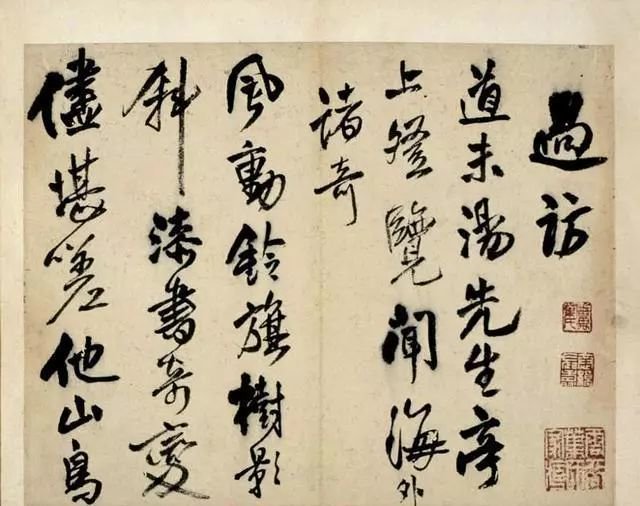
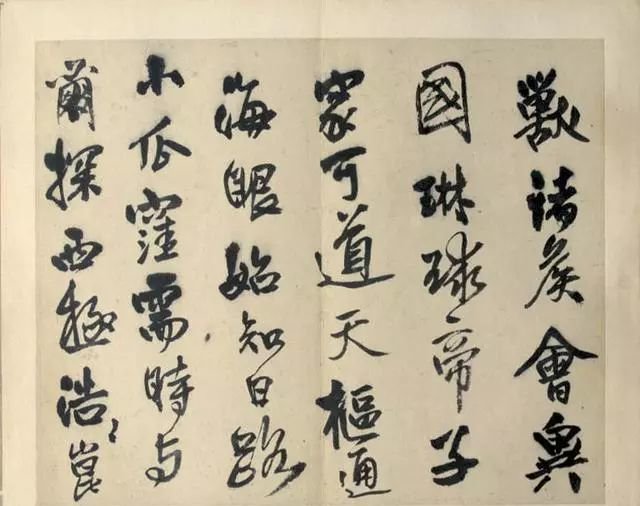
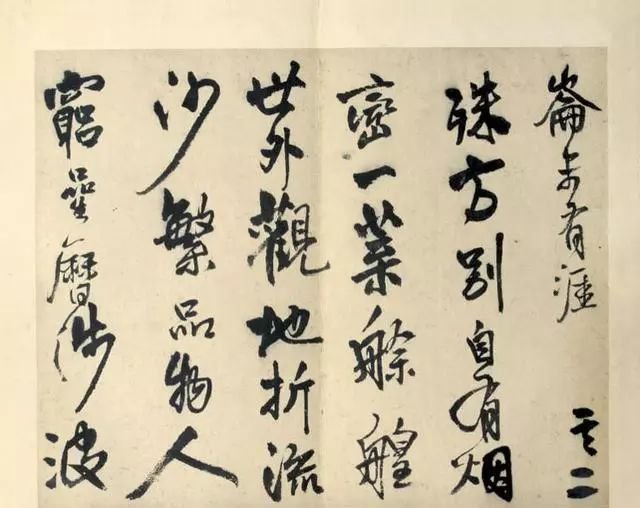
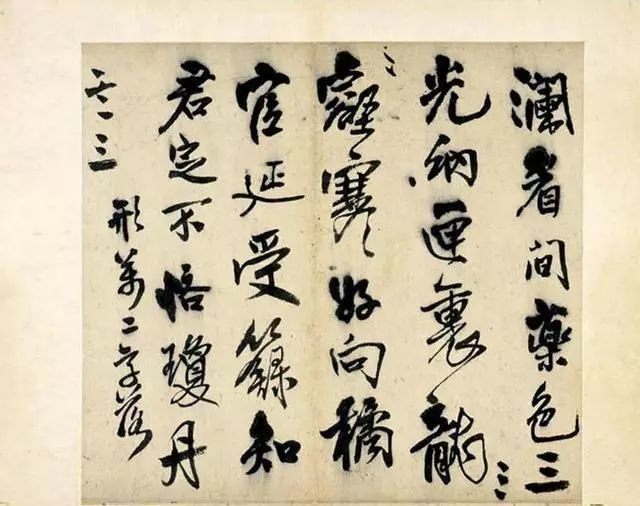

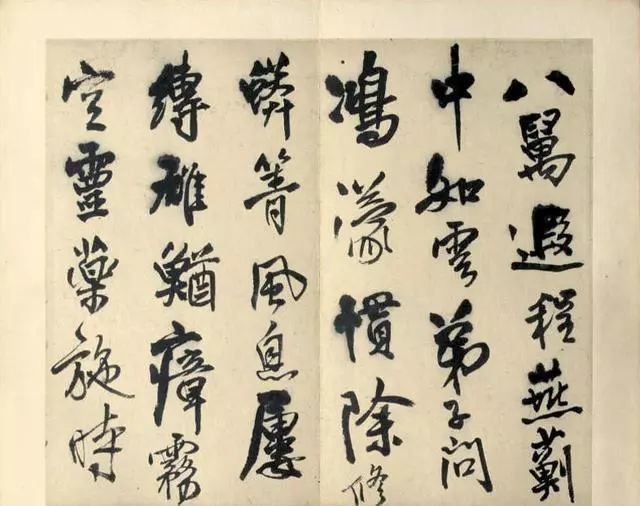
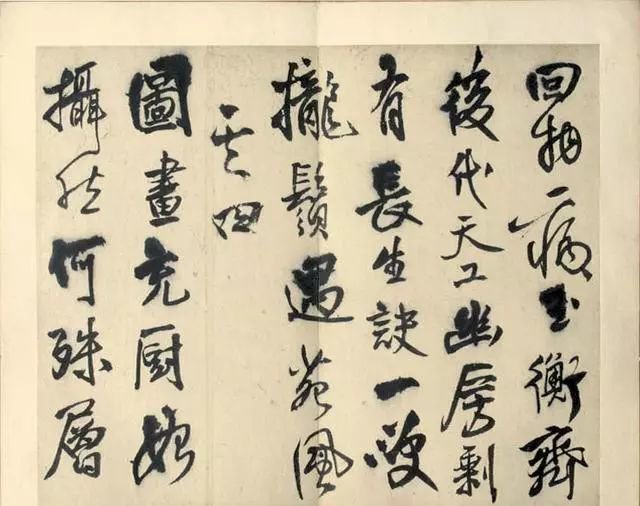
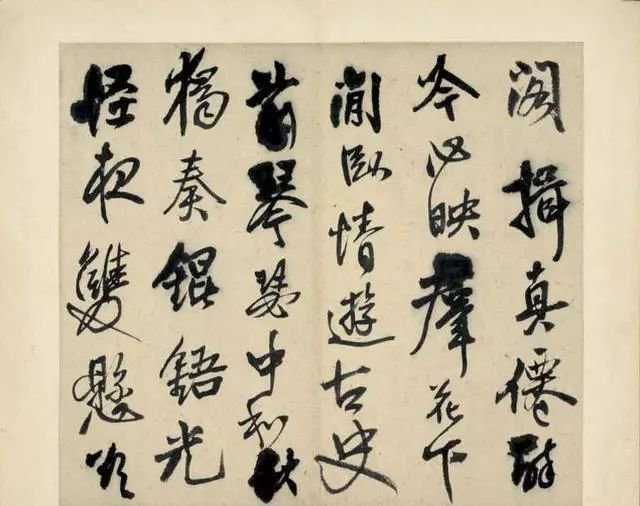
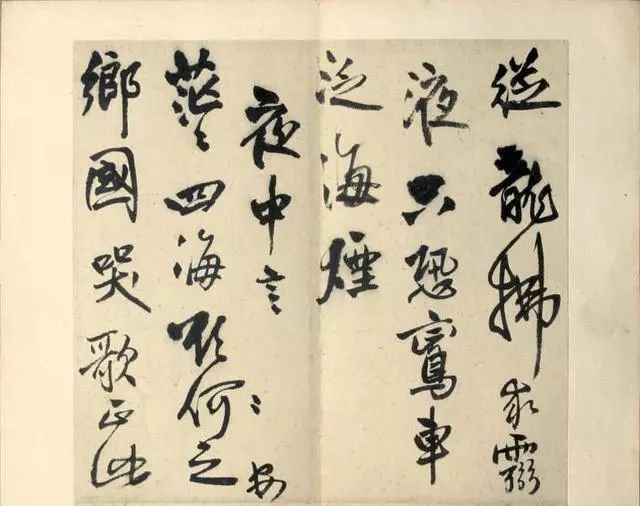
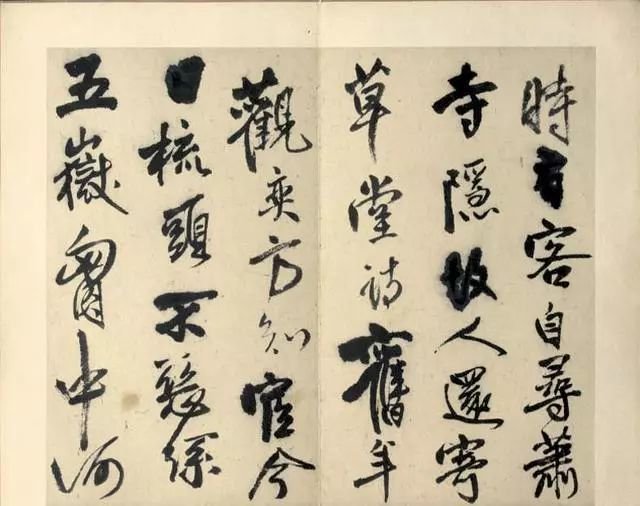
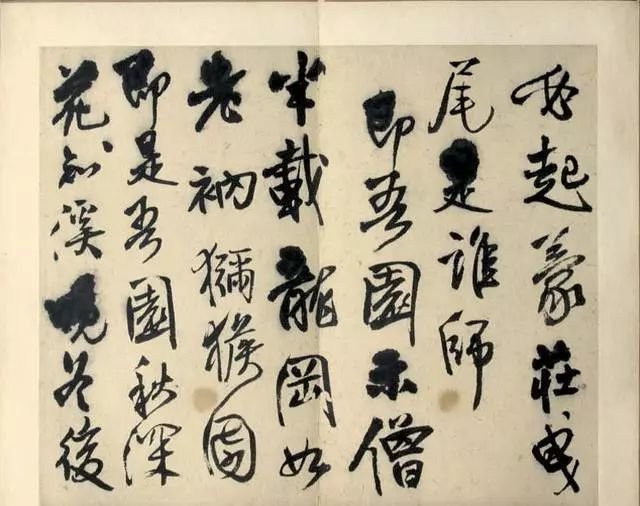
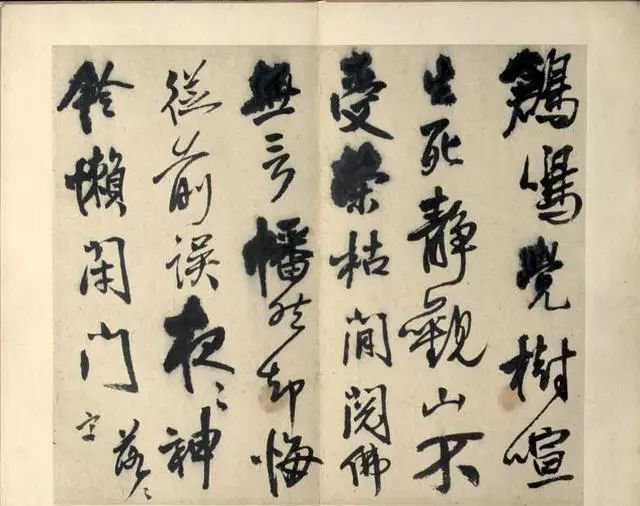
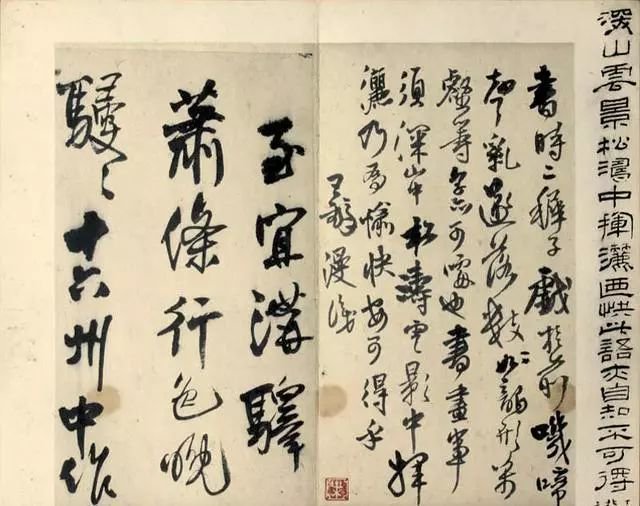
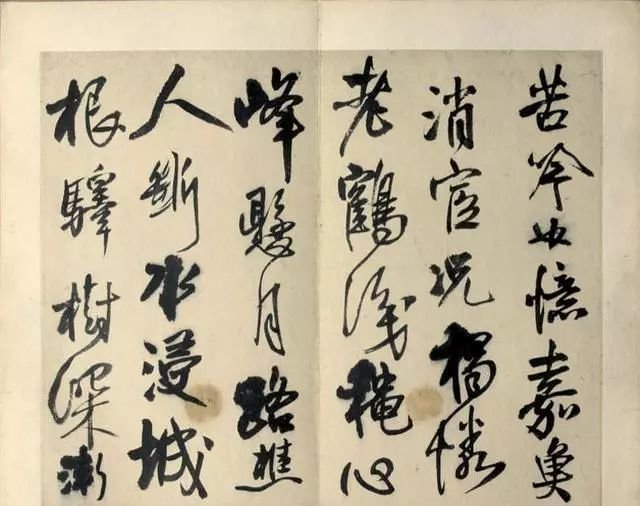
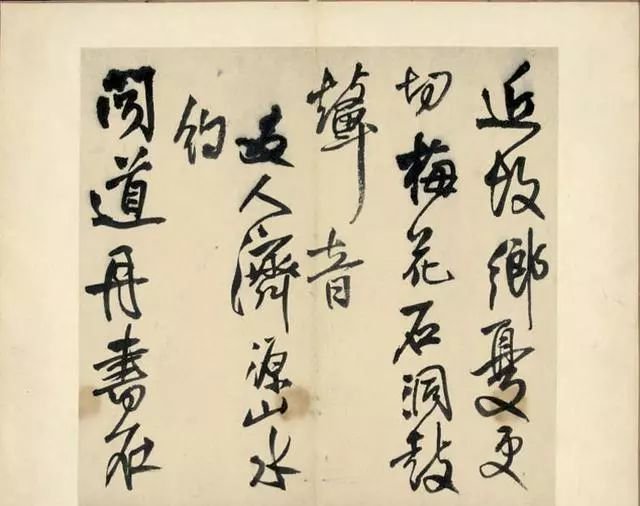
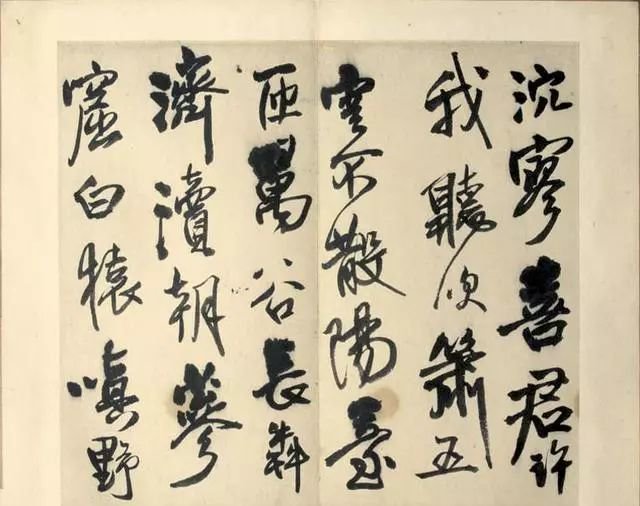
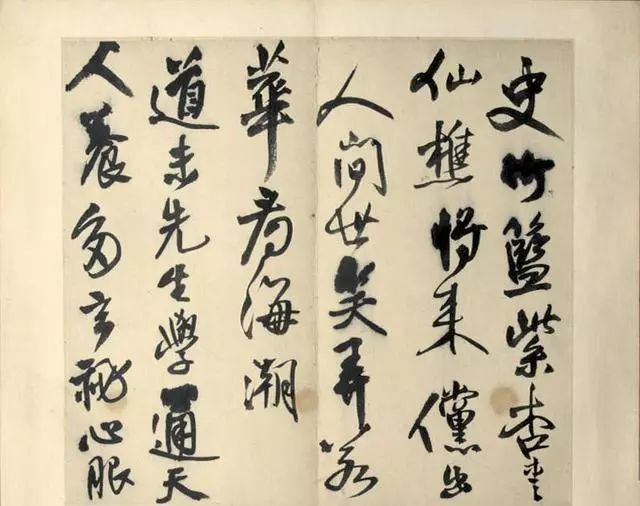
Calligraphy practice questions are published by 15 Calligraphy Practice Network. Please indicate when reprinting:https://www.seowhy15.com/a/462.html

